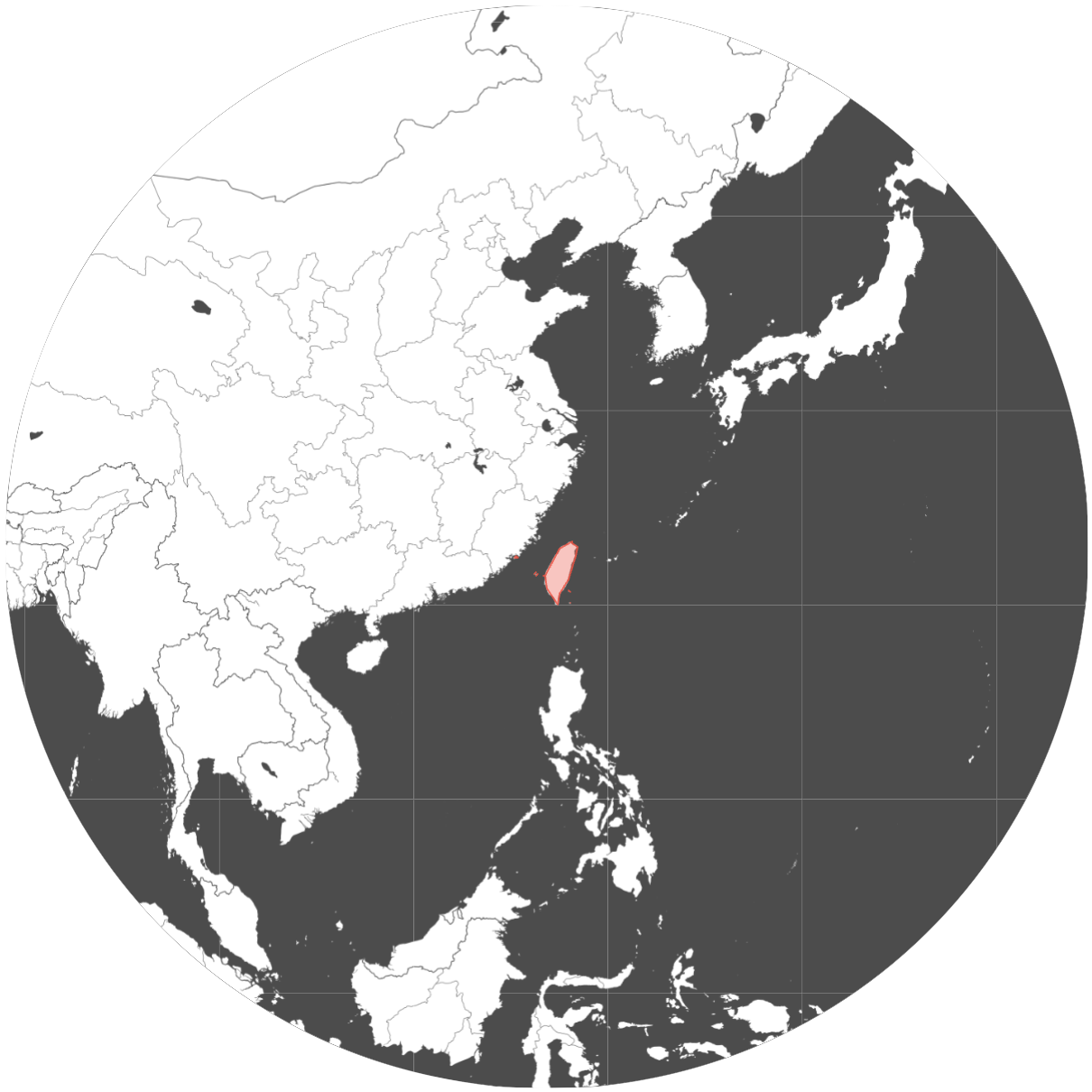Taiwan
Taichung
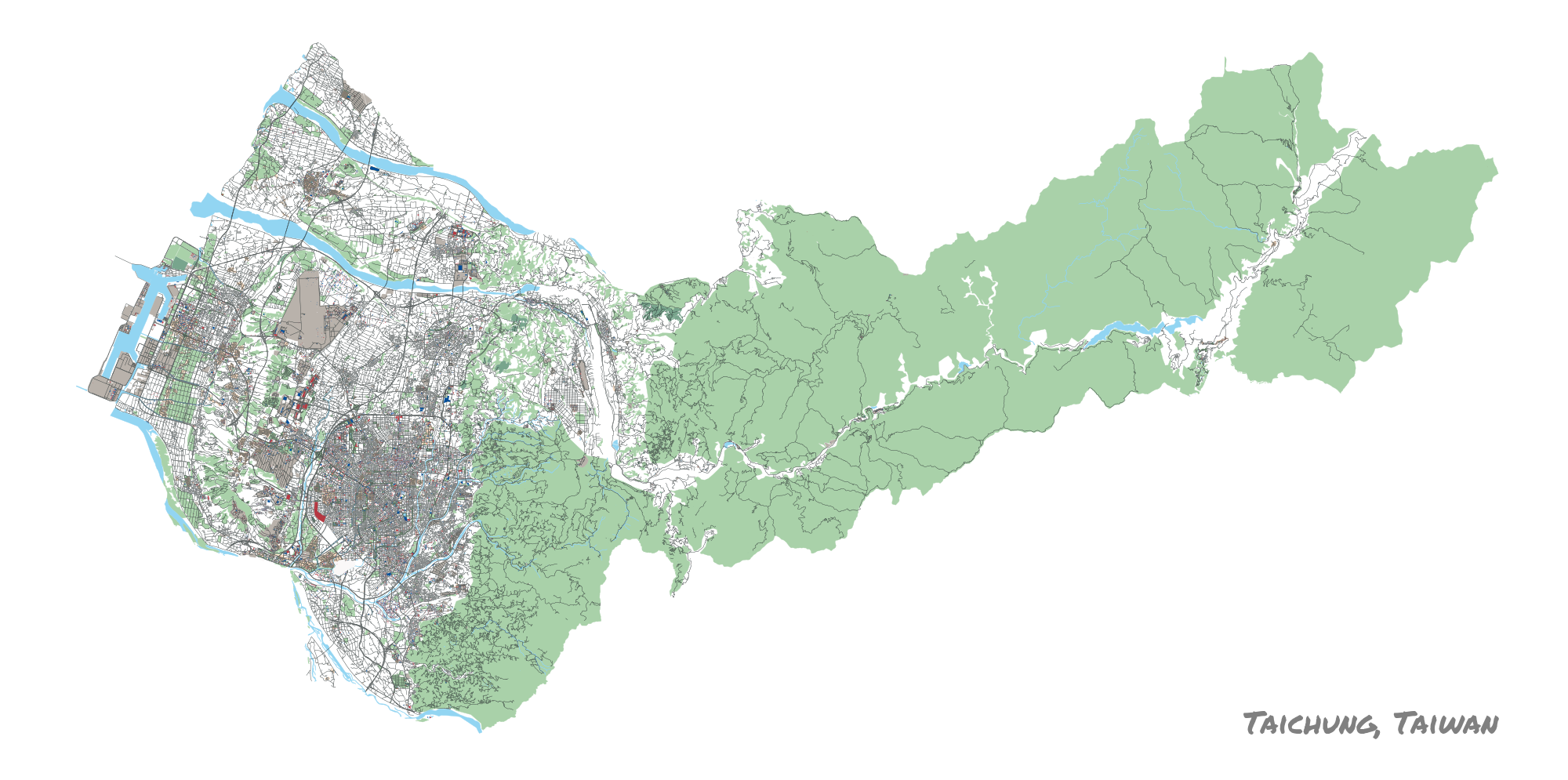
How do I go about characterizing Taichung? On the books as 2.8 million people, it feels enormous. We spent hours on foot, by bus, and even by car, and I still felt like each journey brought something new.
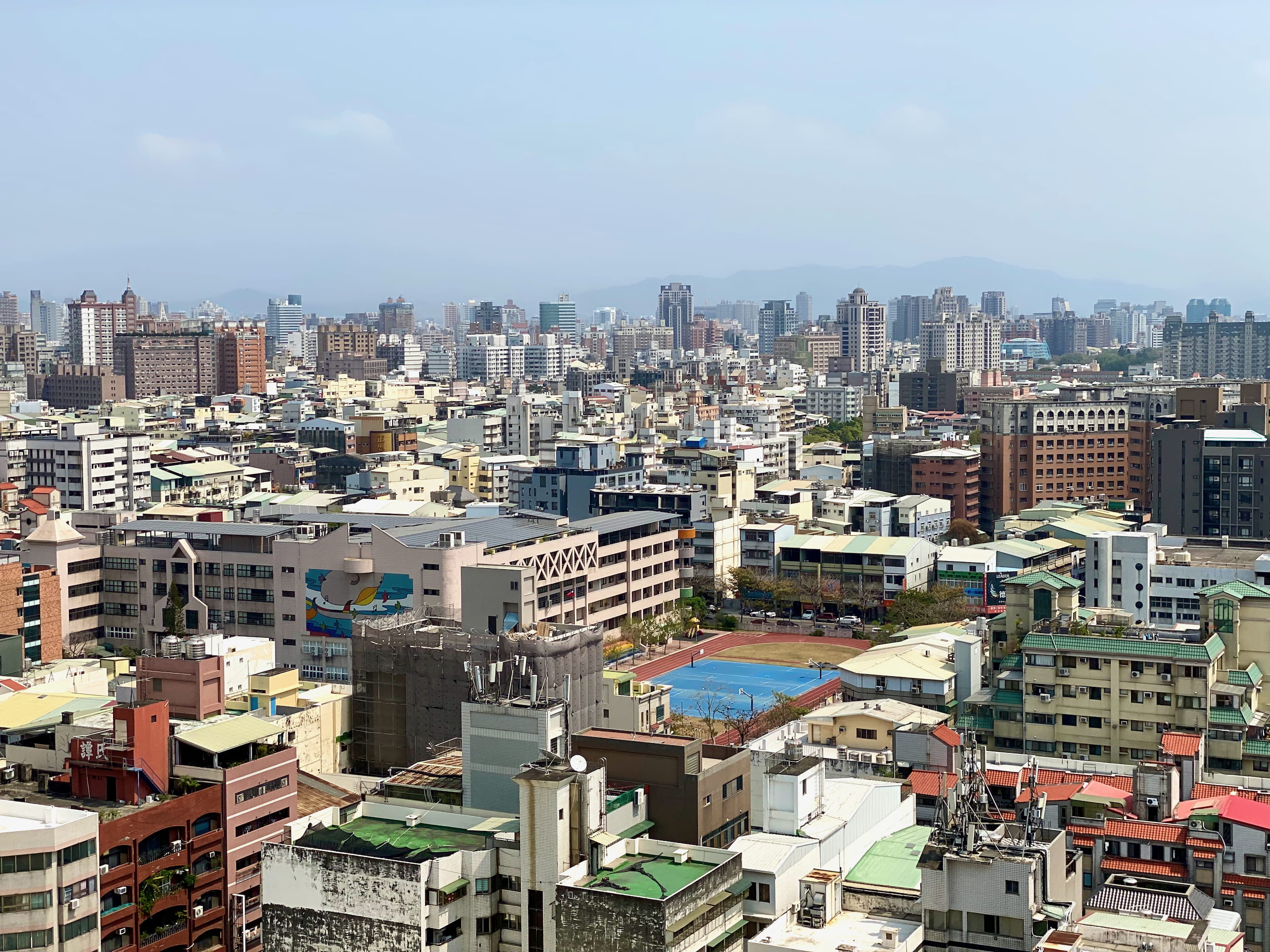
We stayed in an area that reminded me of Bellevue—a city just to the east of Seattle whose name is almost a derogatory word. Wide roads full of cars, towering modern residential buildings, landscaped greenery around concert halls, yet somehow the opposite of bustling. Planned; lacking organic organization or activity.
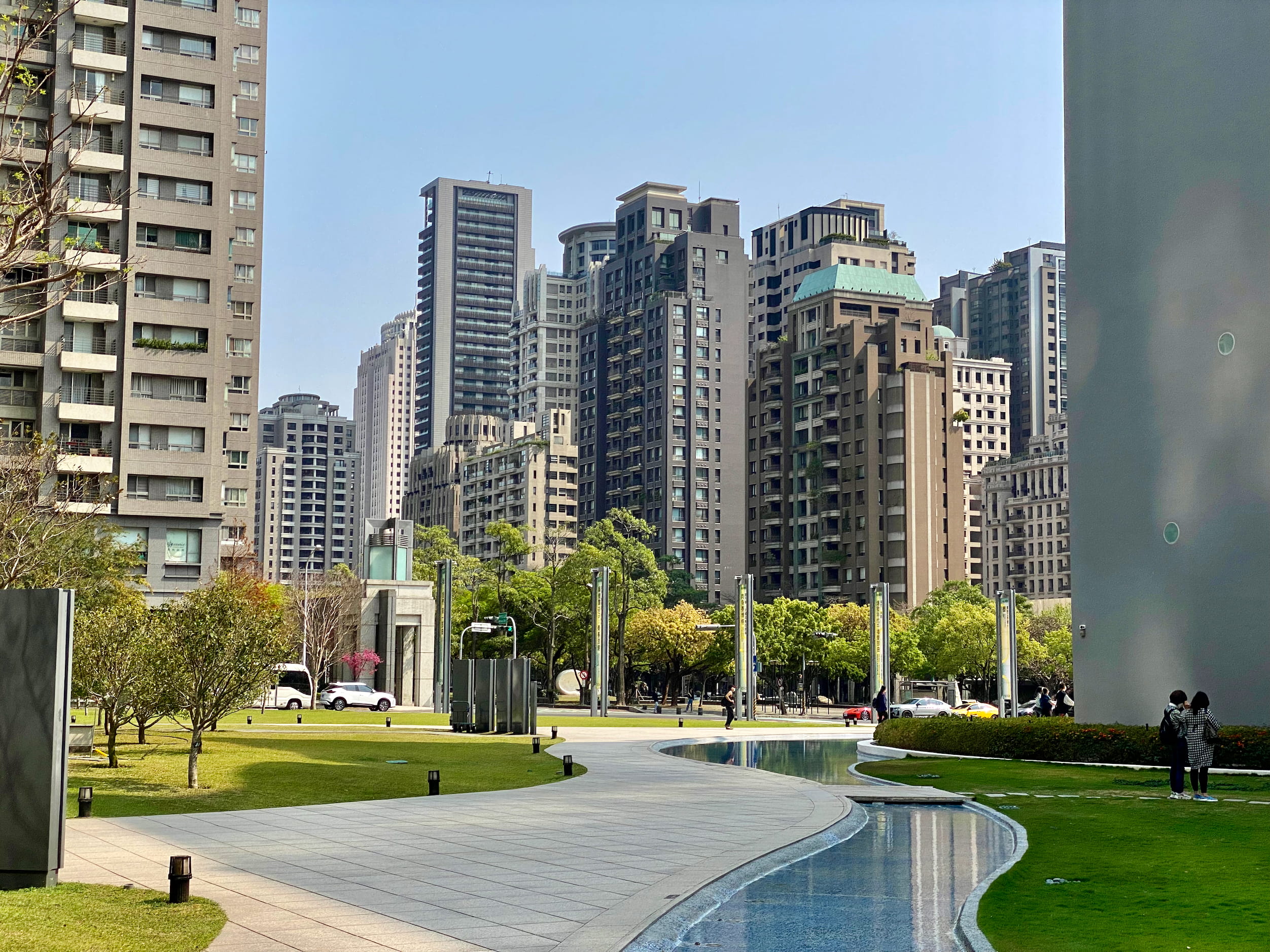
But we encountered several districts on our longer walks, each seemingly unrelated to the last. A night market so packed that tides and currents of humans formed among the sizzling stalls. A region full of schoolyards and off-brand convenience stores, quiet and open, just barely rubbing against the commercial tendrils of an arterial. An old distillery complex turned into dedicated art zone, though what we encountered was a ghost zone. A budding Harajuku—Tokyo’s famous fashion district—with expert coffee shops tucked two turns down impossibly small alleys.
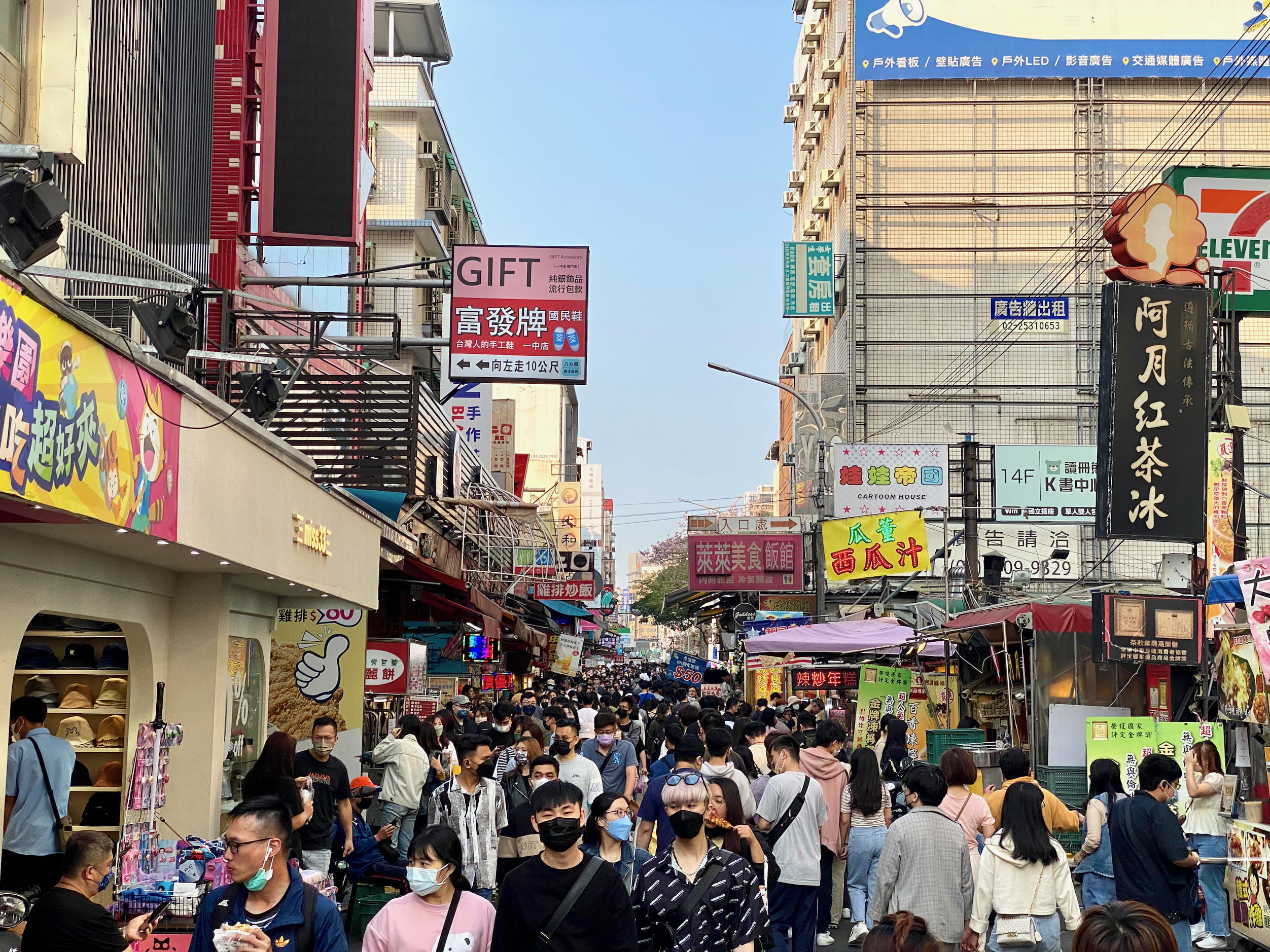
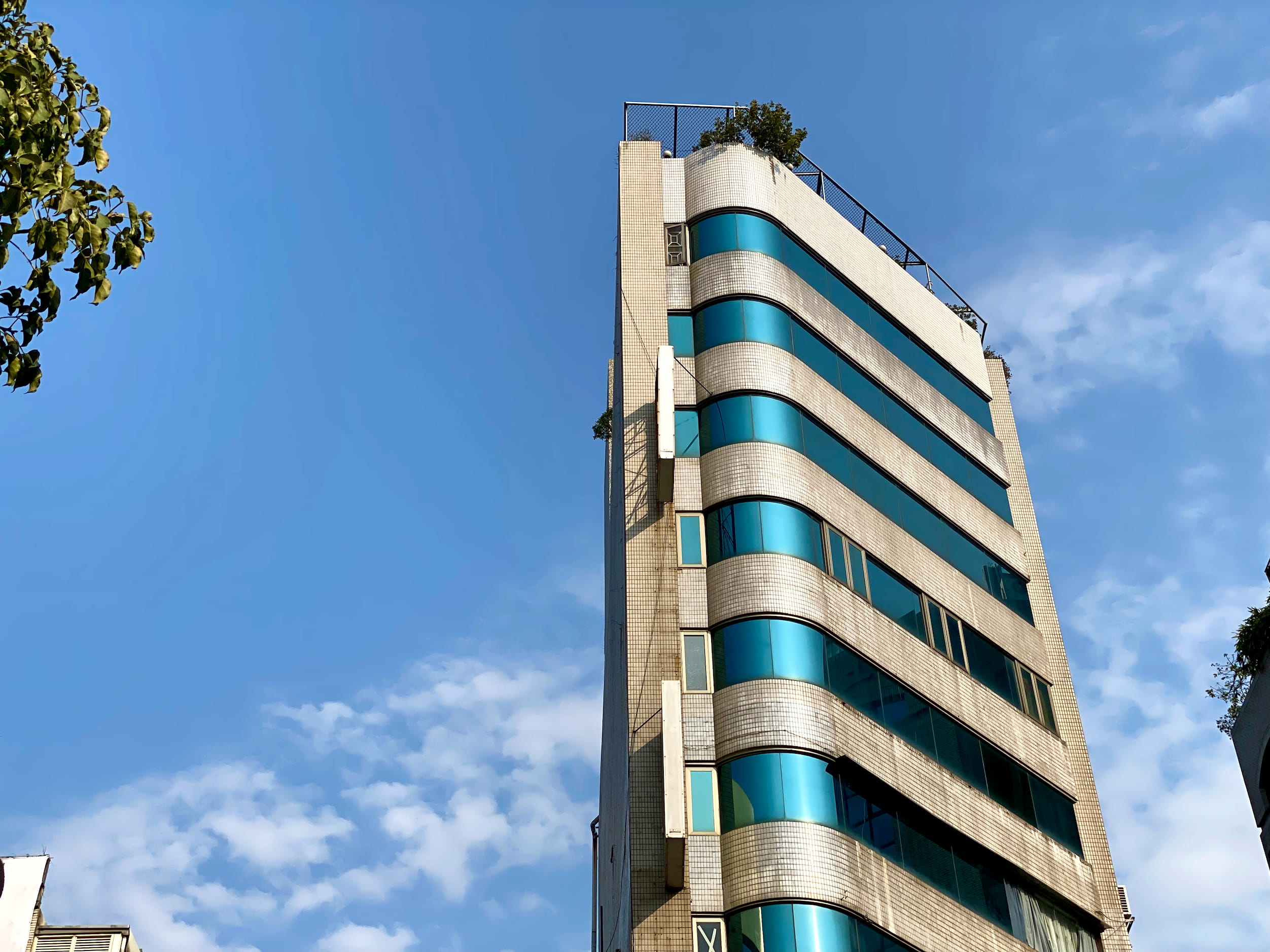
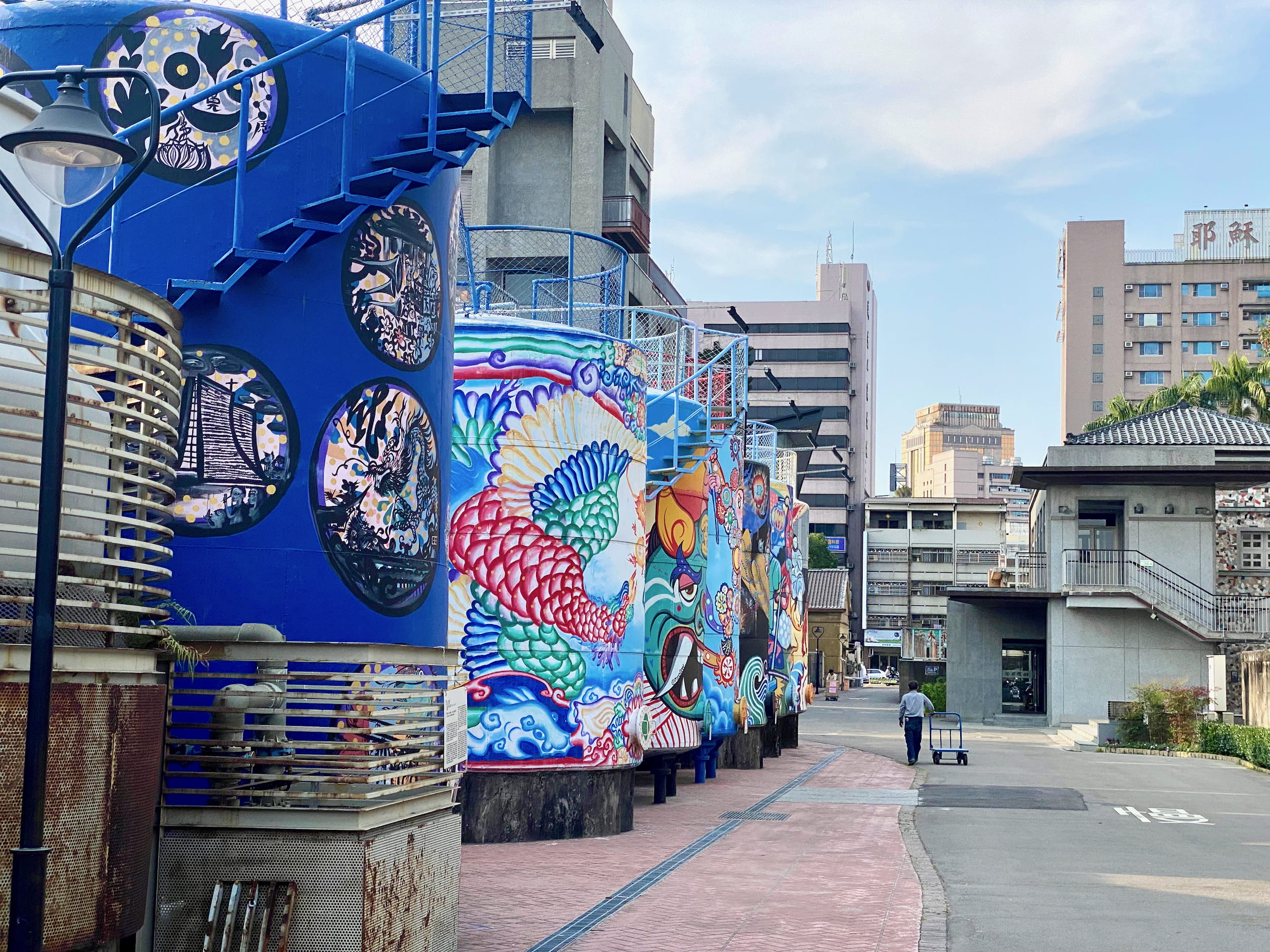
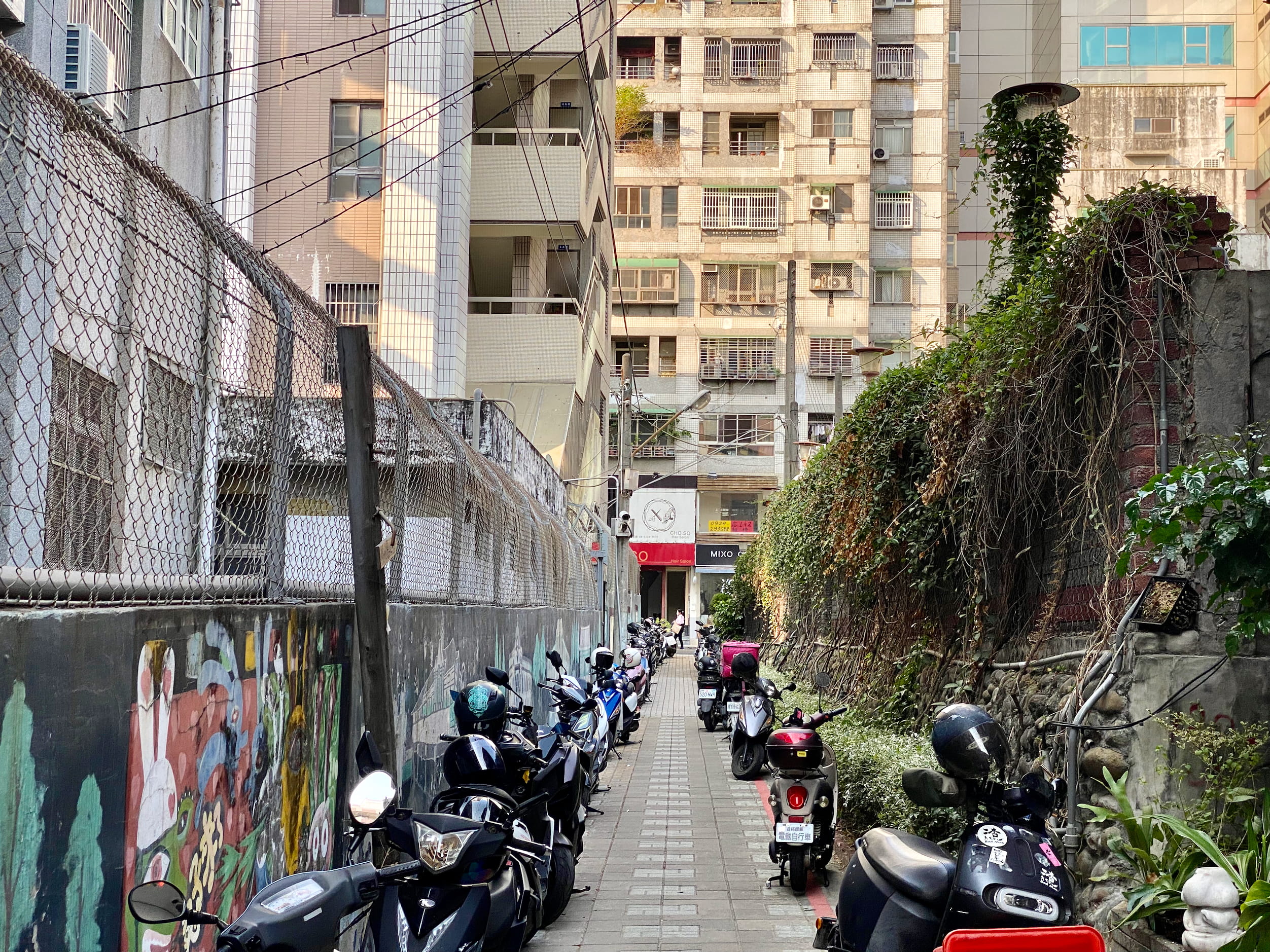
These were my favorite memory of Taichung: long walks through warm pastel evenings. Charting a single line that pierced totally distinct places, the line being the only connecting narrative. Along the road, we’d glimpse a tiny café, restaurant, or barber shop with just one or two customers, spending time with the owners. Windows into pockets of community. I wondered about the network of relationships—jobs, hobbies, friends, family—the unthinkably complex backbone that drives the motion of people and things throughout the city.

In this way, seeing the city on foot is good and bad. It’s the best, slowest, deepest preview of what’s there. But it is a preview. You intimately realize what you’d need to do to find your way in.

Around Town
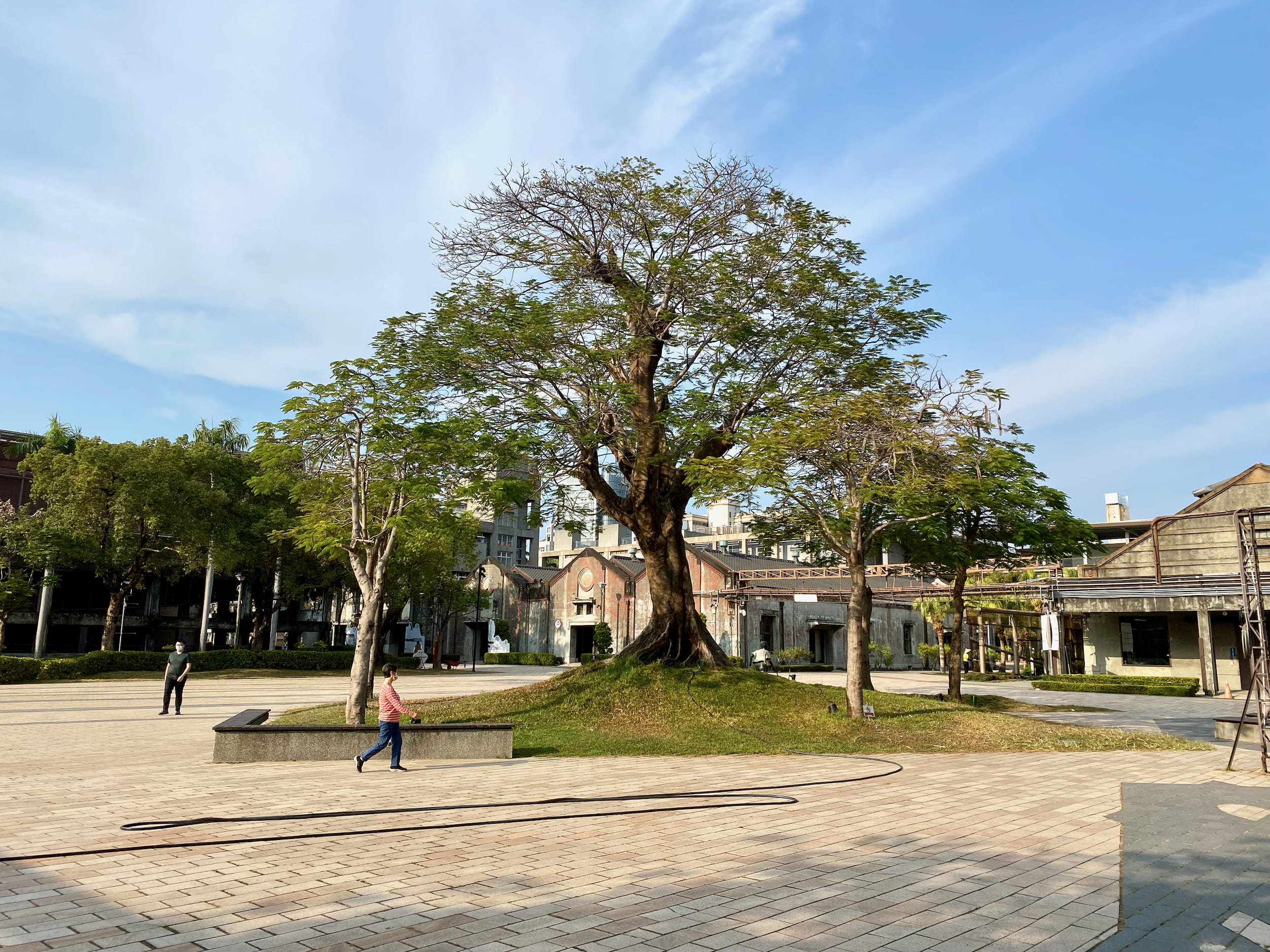
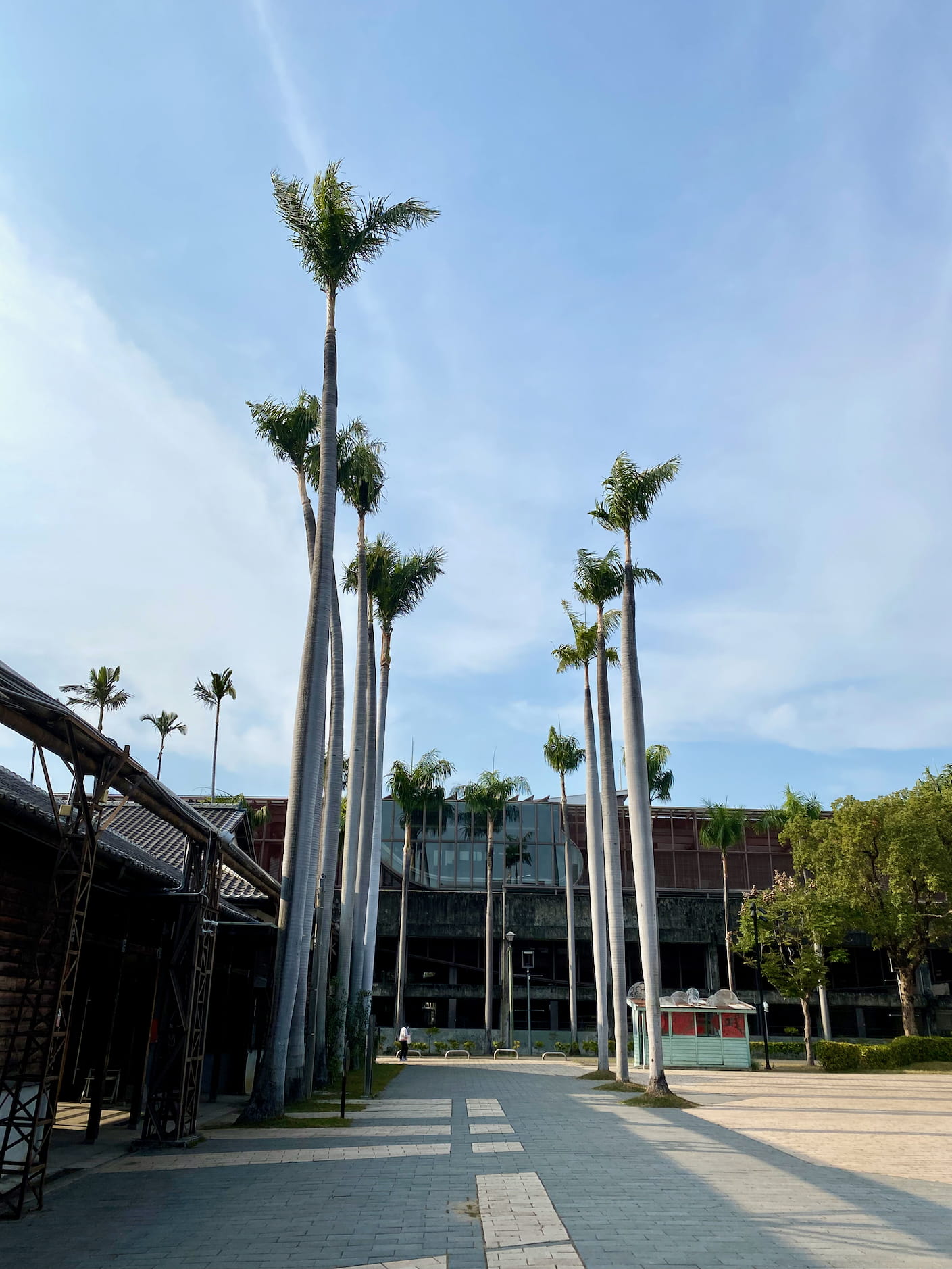
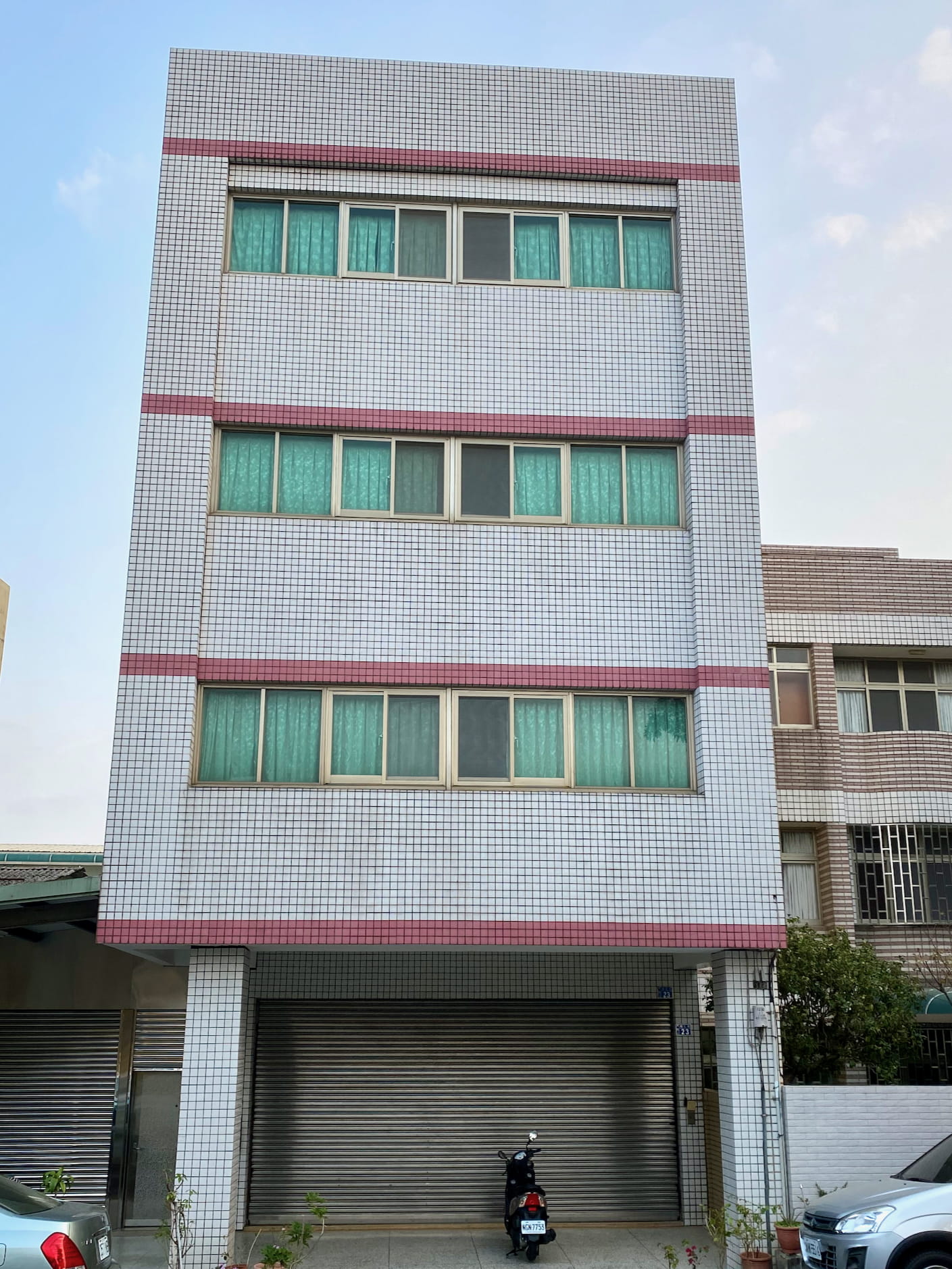
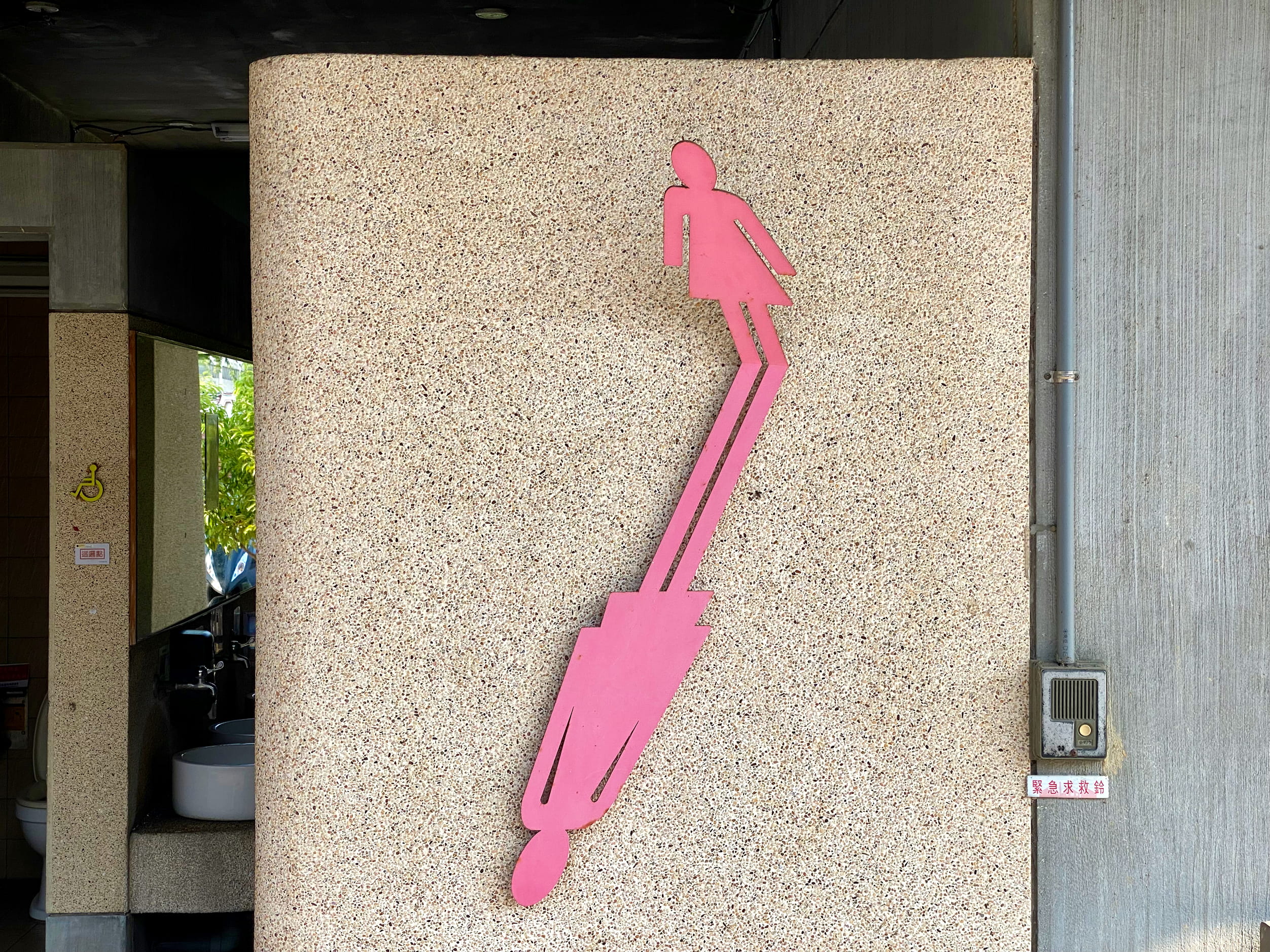
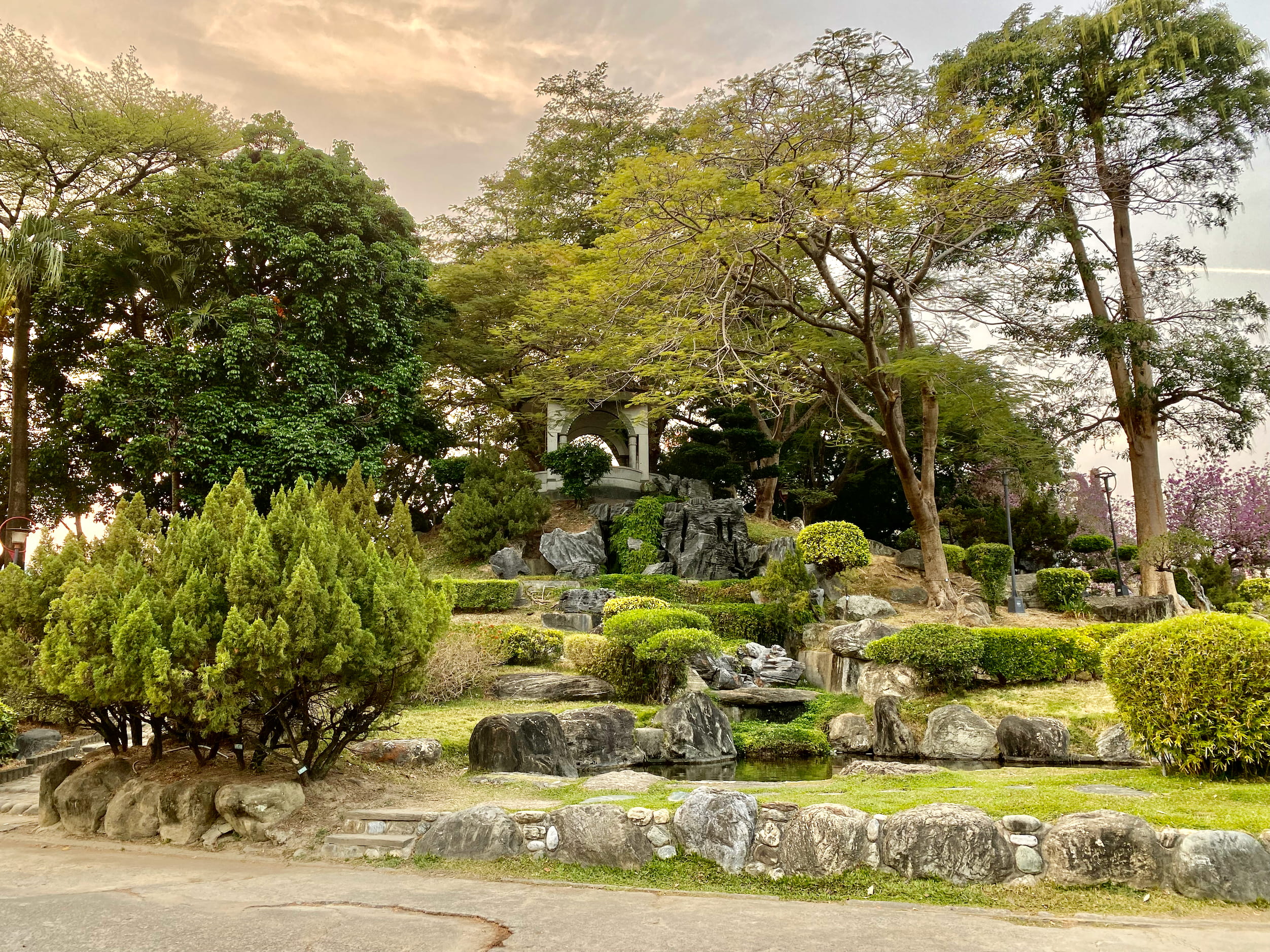
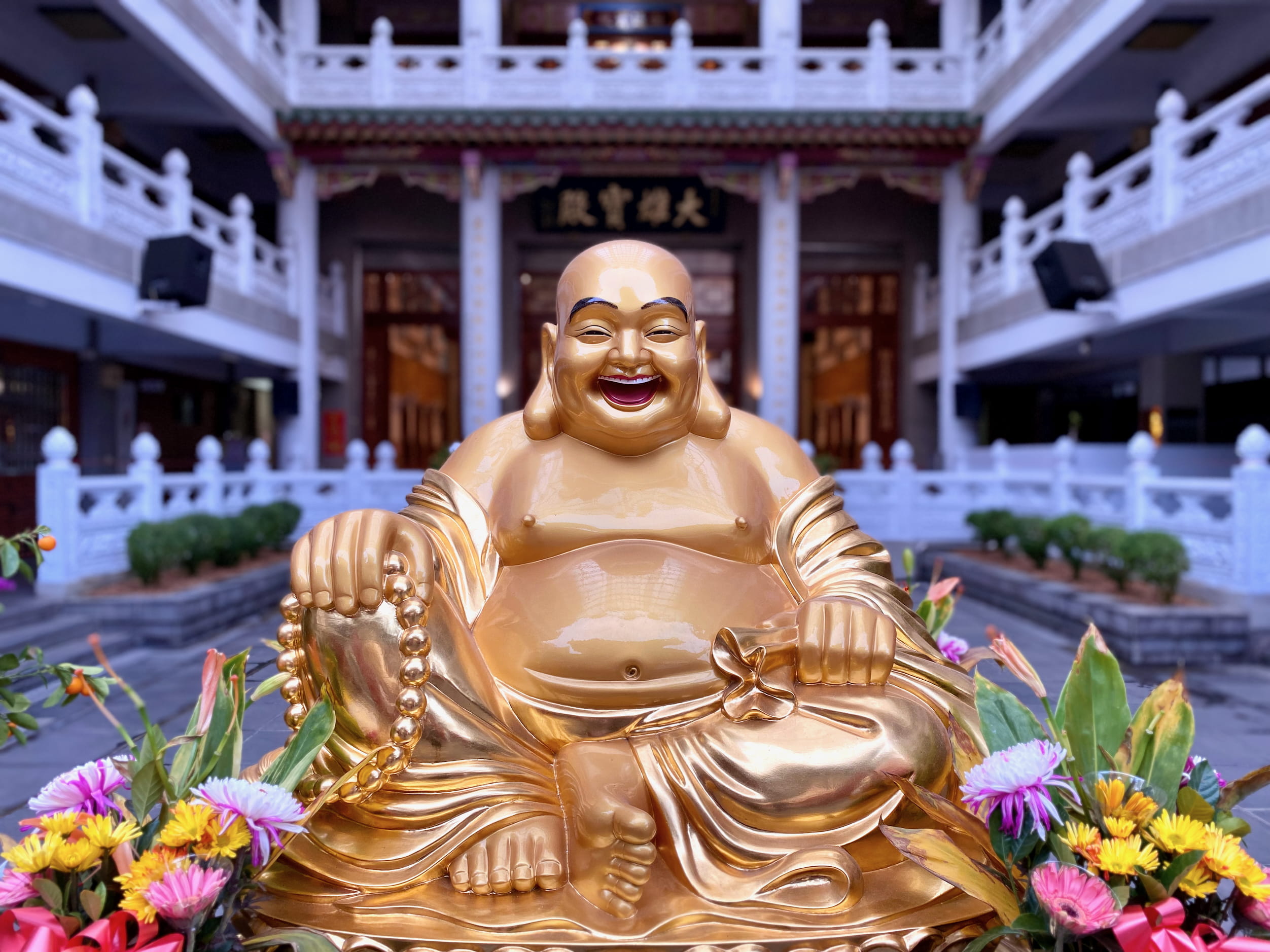
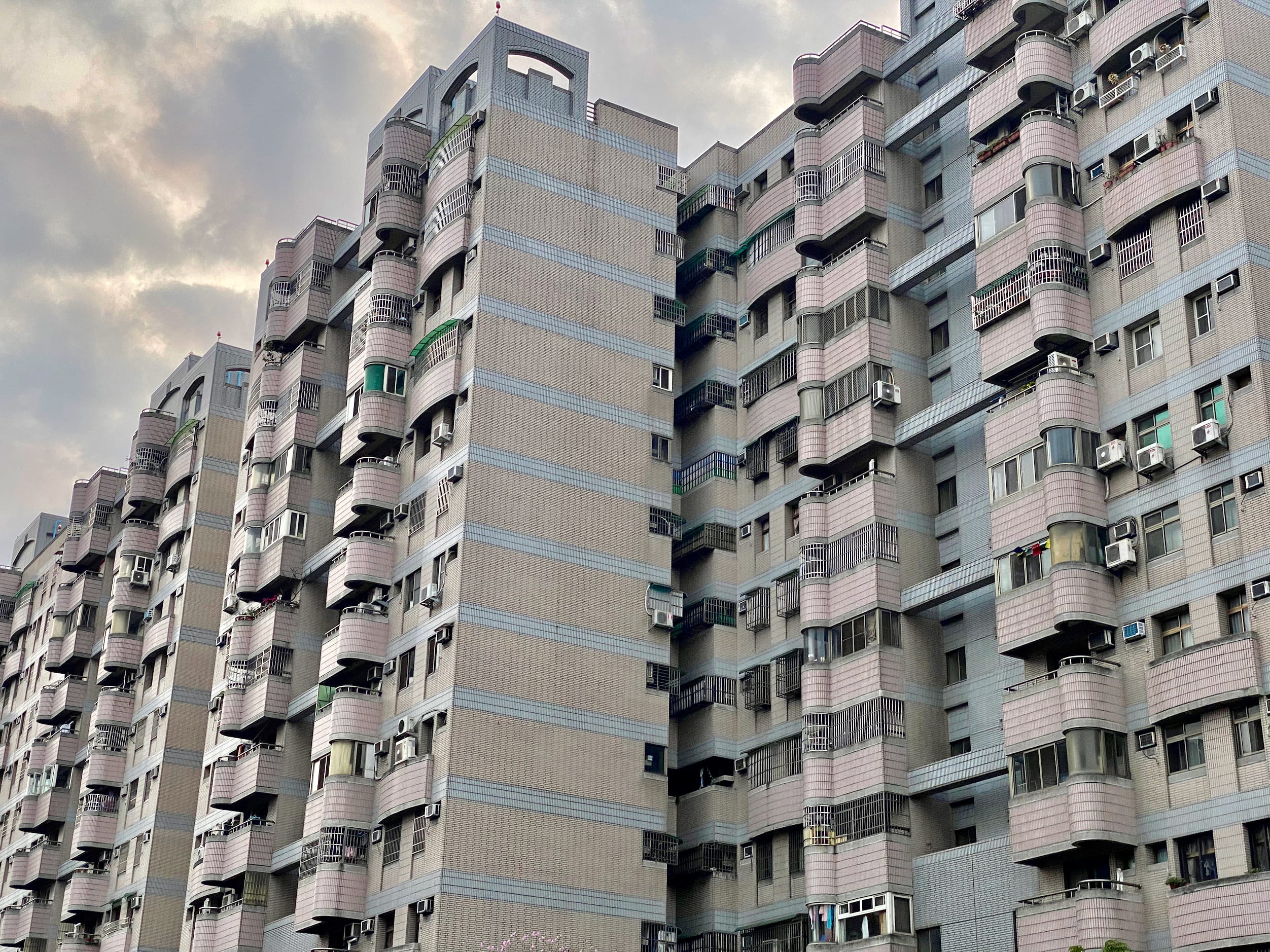
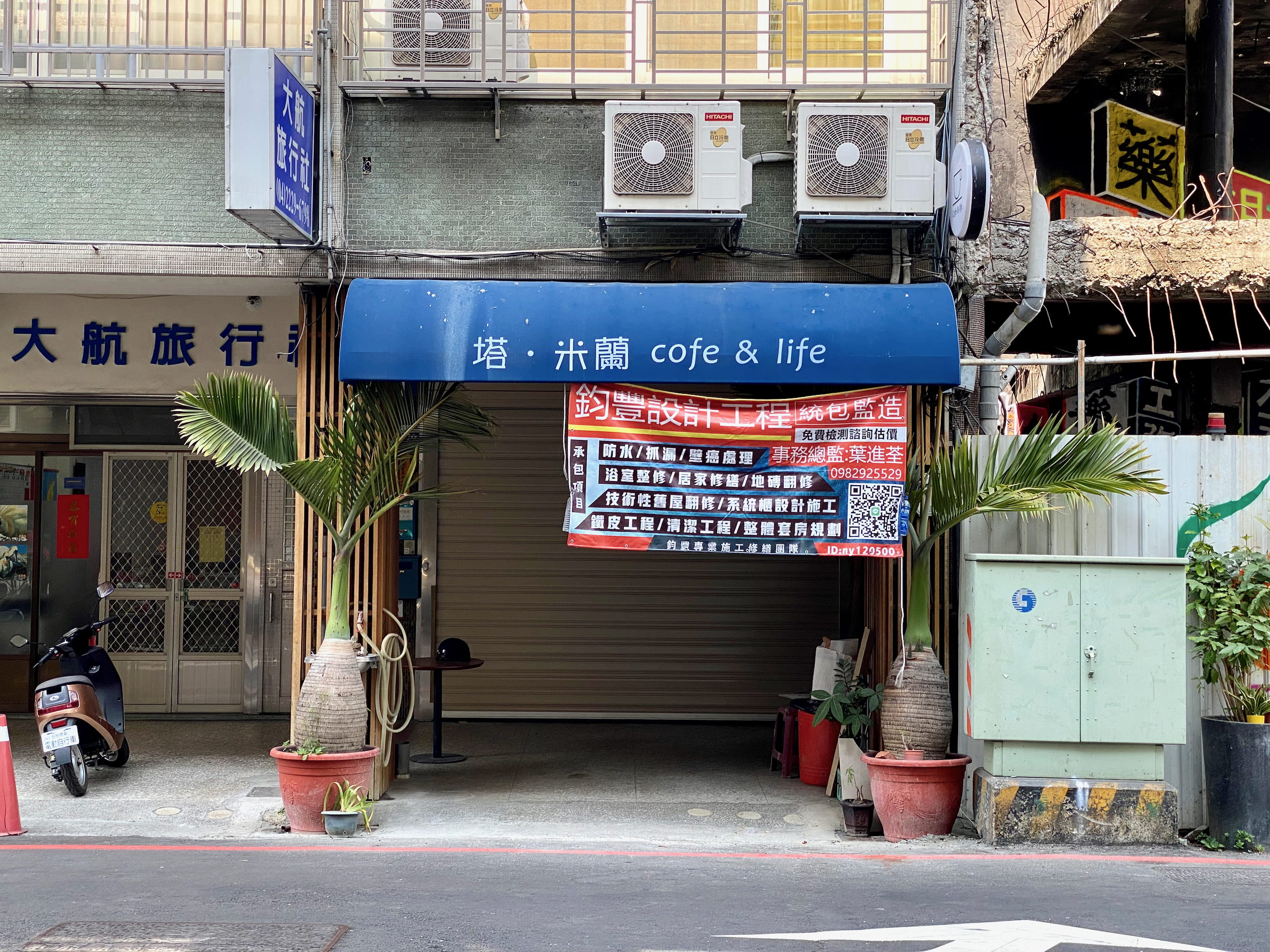
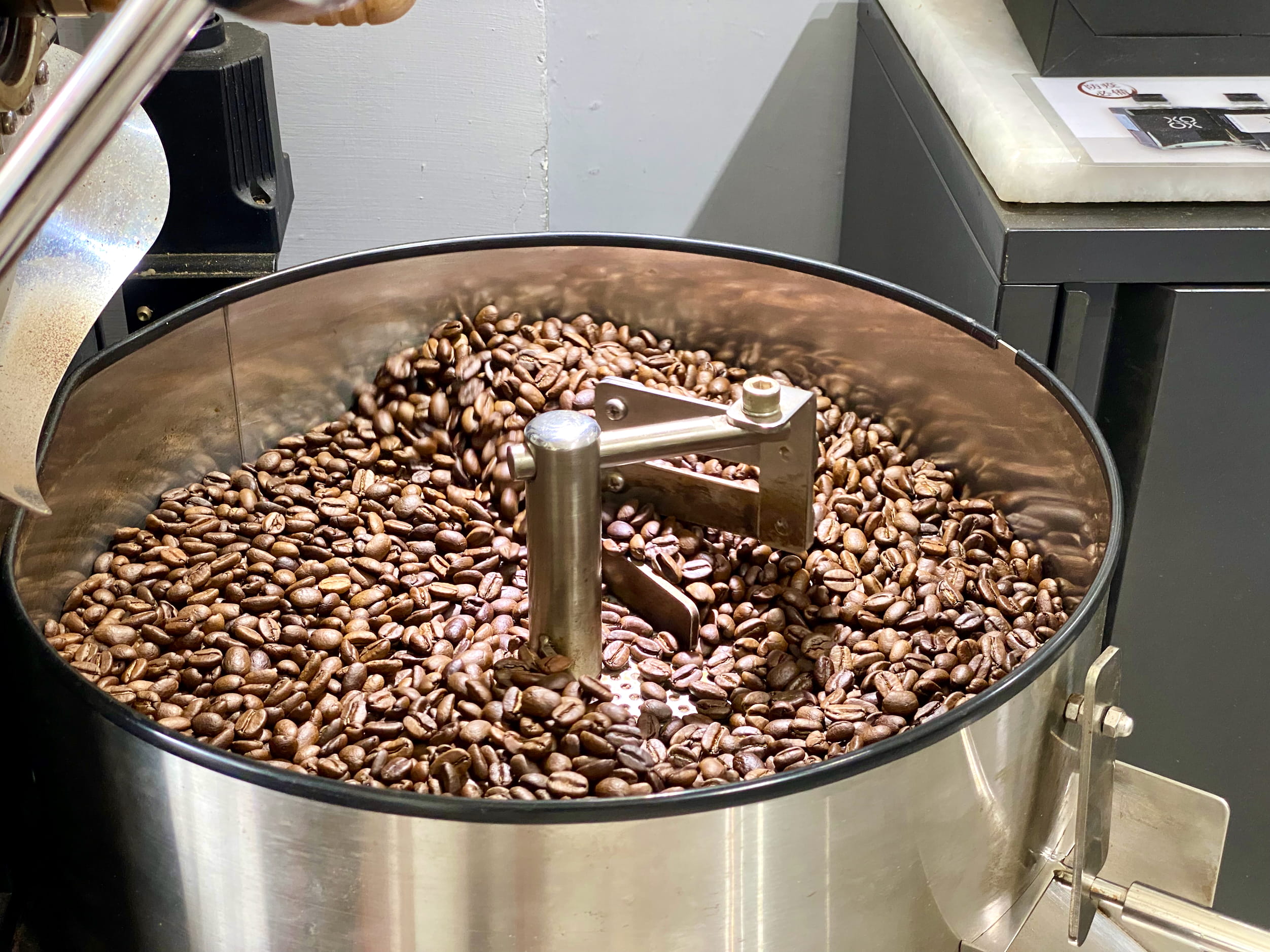
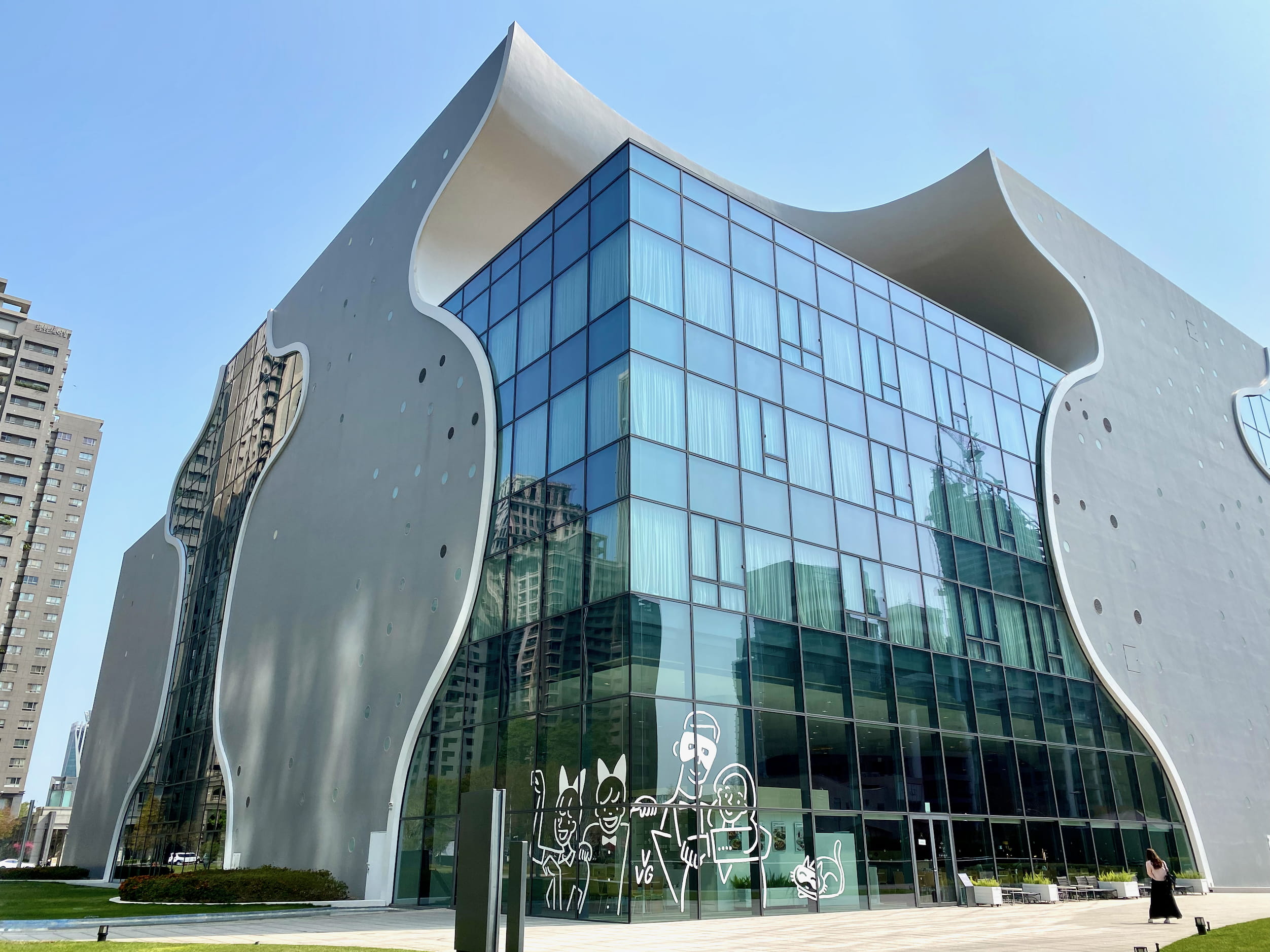


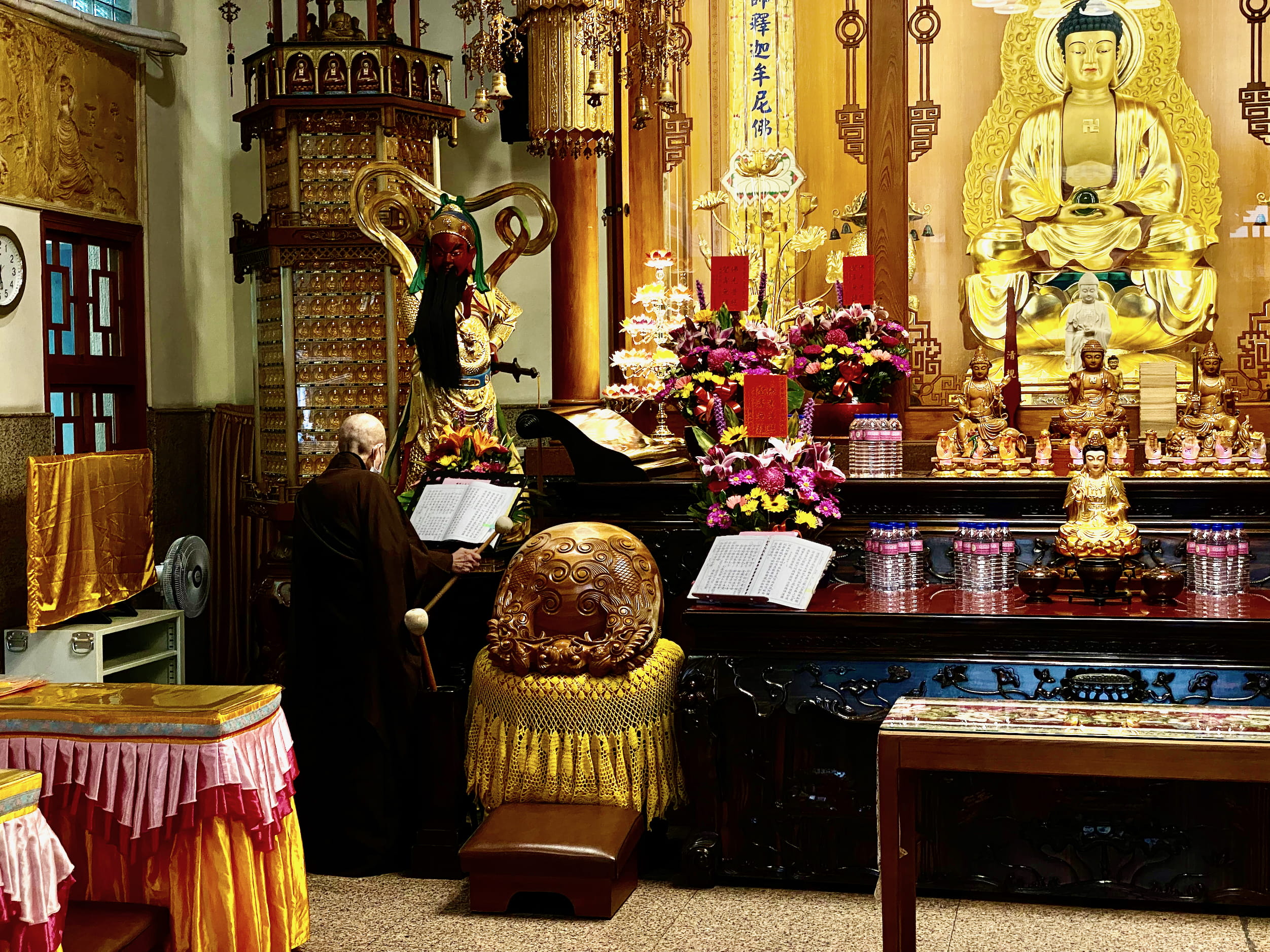
My favorite buildings were those that had hard-to-describe shapes, a multitude of inset and outset boxes and curves jammed together. They reminded me of brutalist government buildings in Serbia.
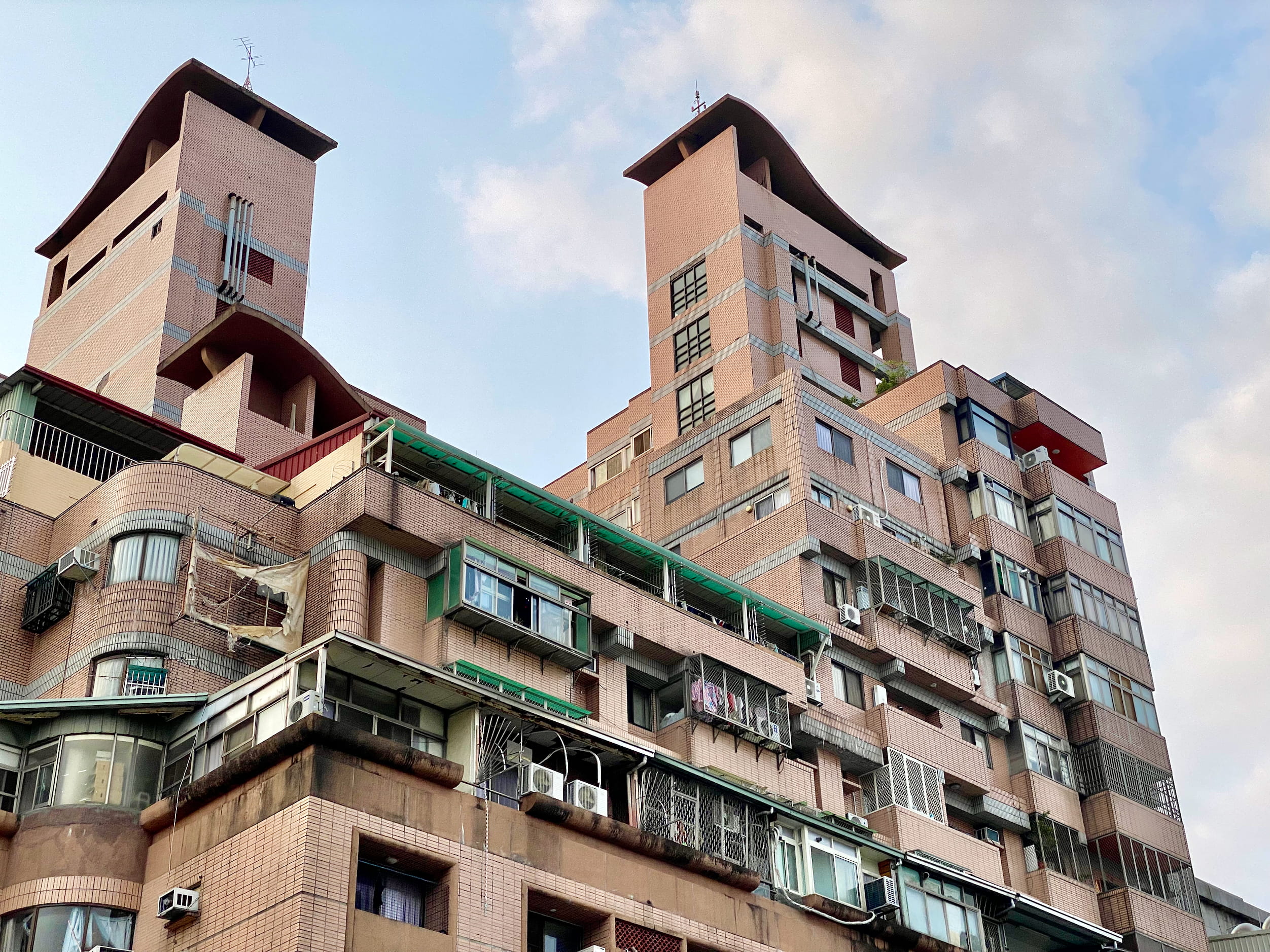
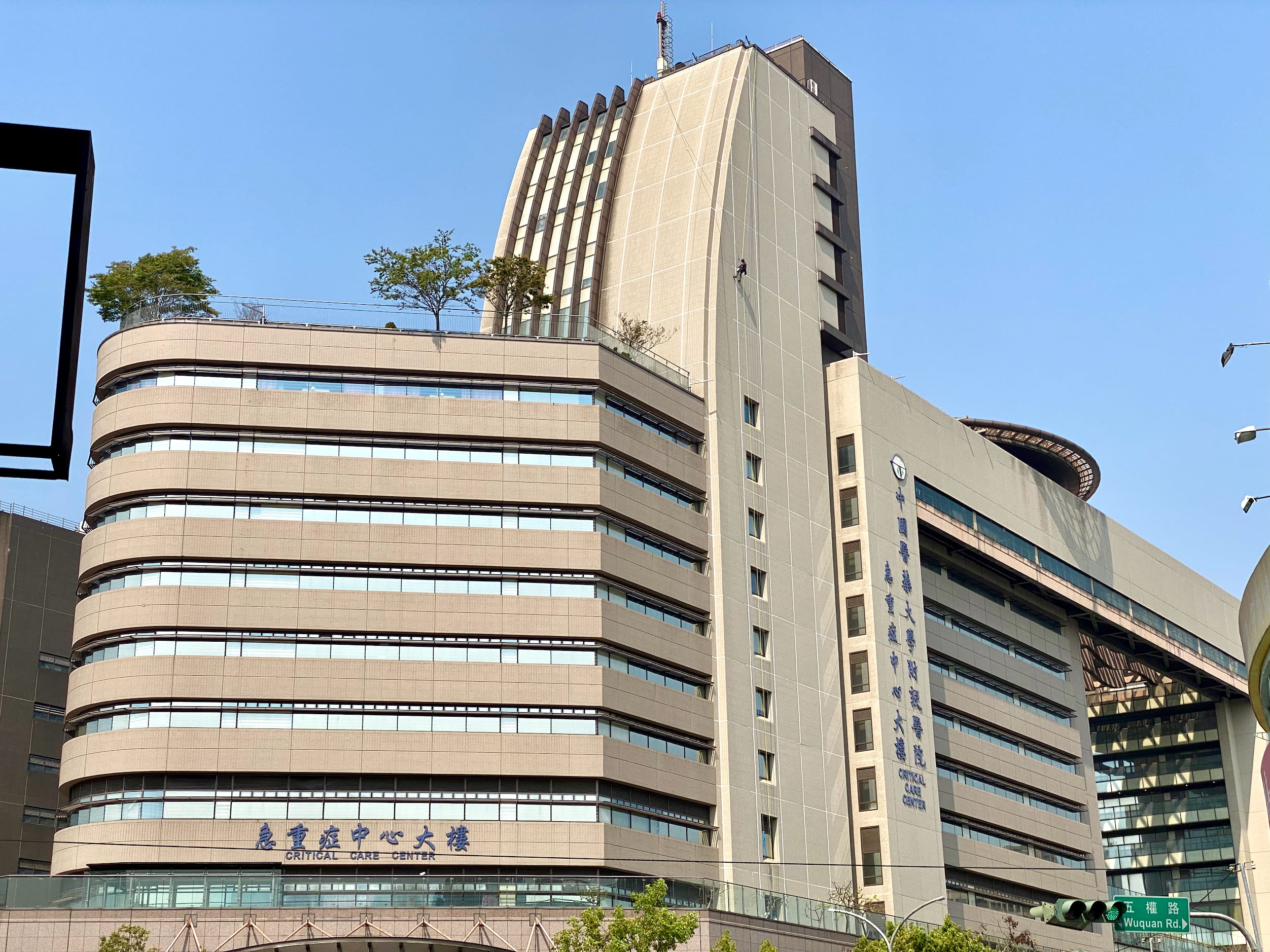
Unbelievably good ice cream from Miyahara, ice creamery set in an old ophthalmology clinic. Included toppings feature whole chunks of cheesecake.

Strangely, after eating pastel de nata (Portuguese egg tarts) for the first time last year, I am now seeing them everywhere. E.g., here is a shop in Taichung featuring them.
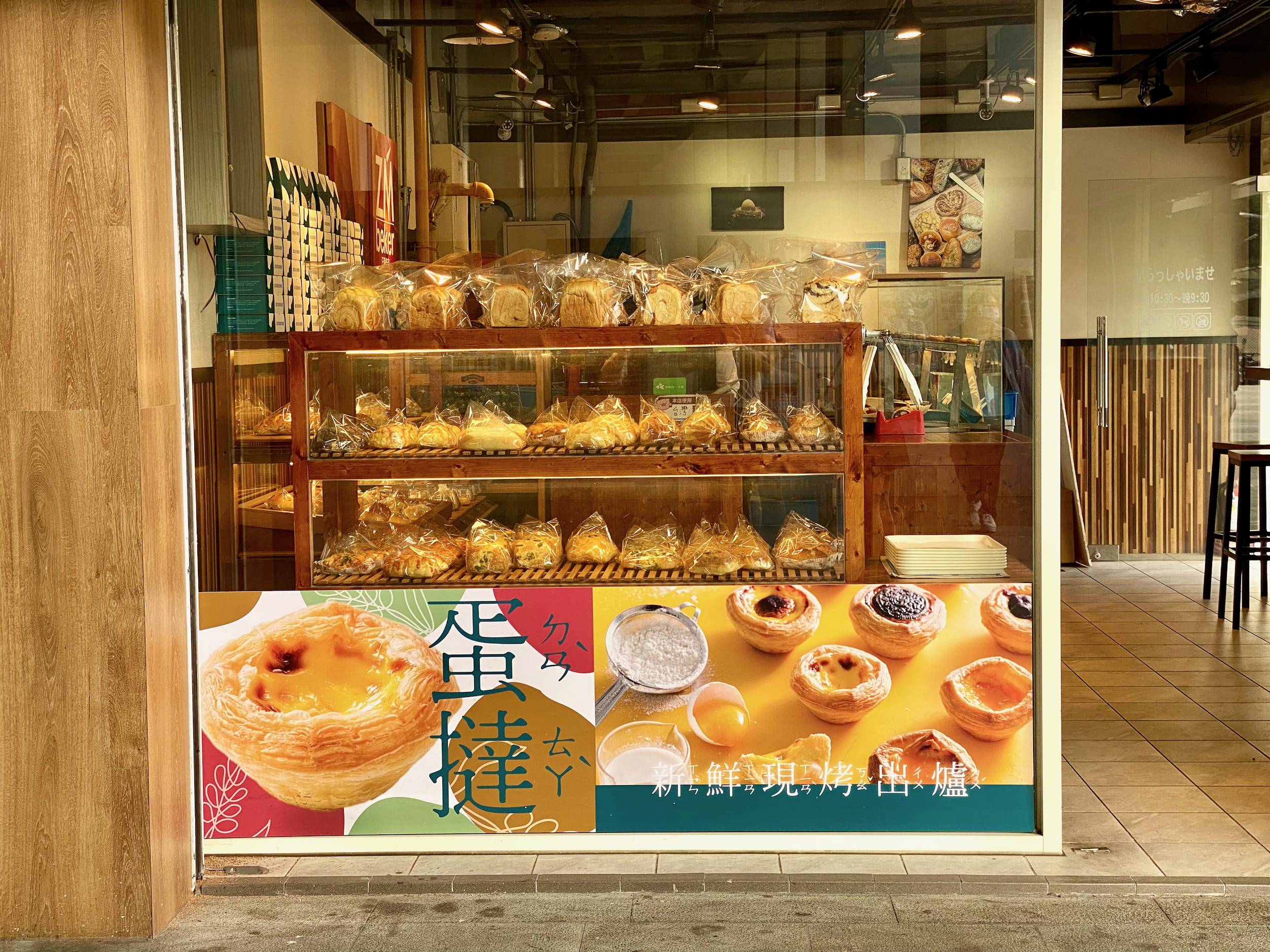
Did they explode in popularity recently, or am I just way late to the game?
Embarrassingly, the food I have featured here mostly turns out to be of Japanese origin.01 I think the rest of the street food was already covered in the Taipei post, or the lighting was bad, or I wolfed it down. Whatever. Anyway, here’s a tornado omelette, a first for me, and pesto ramen from Ramen Nagi (AKA Universal Ramen), which, unbelievably, totally works and is delicious.
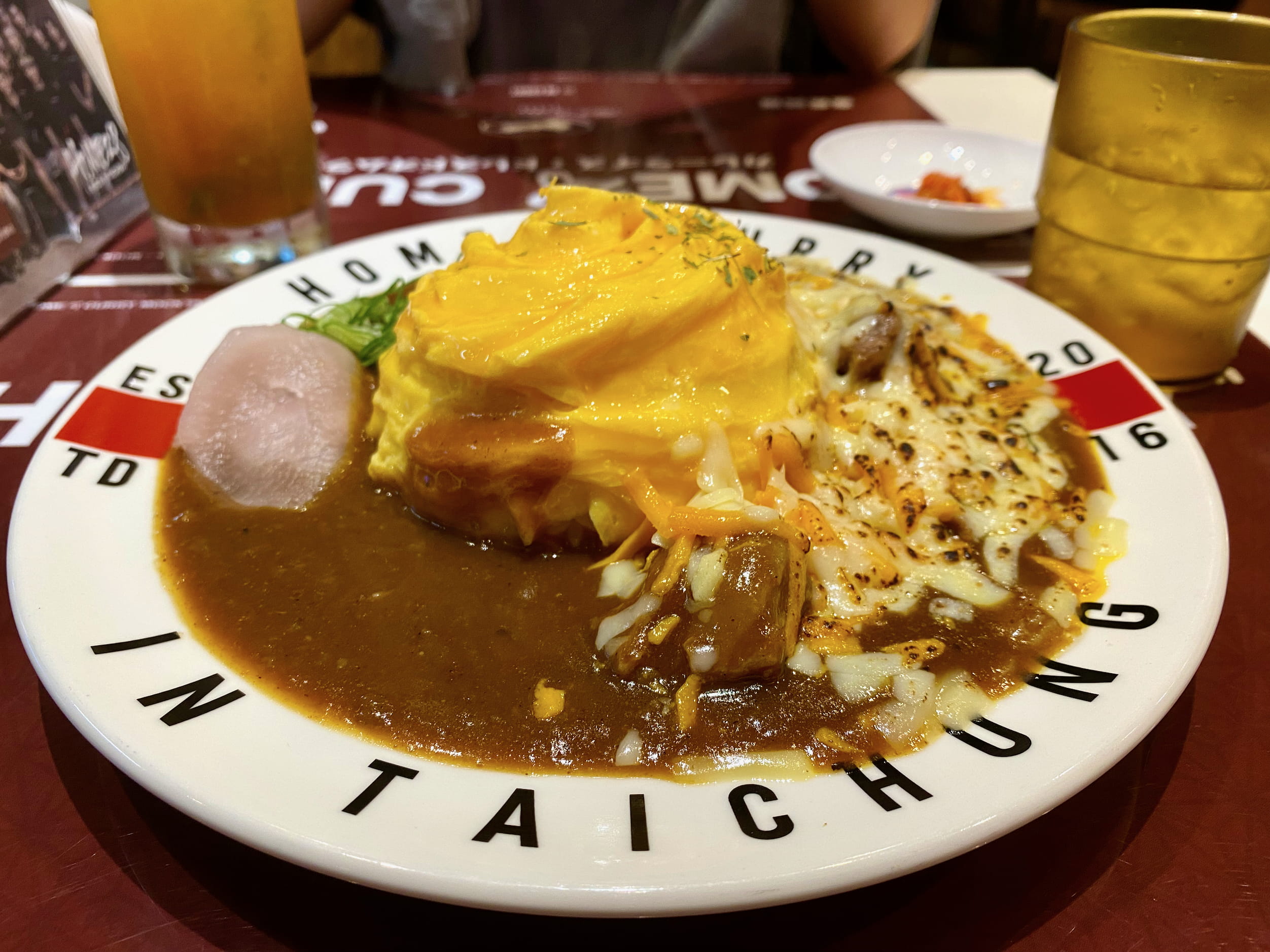
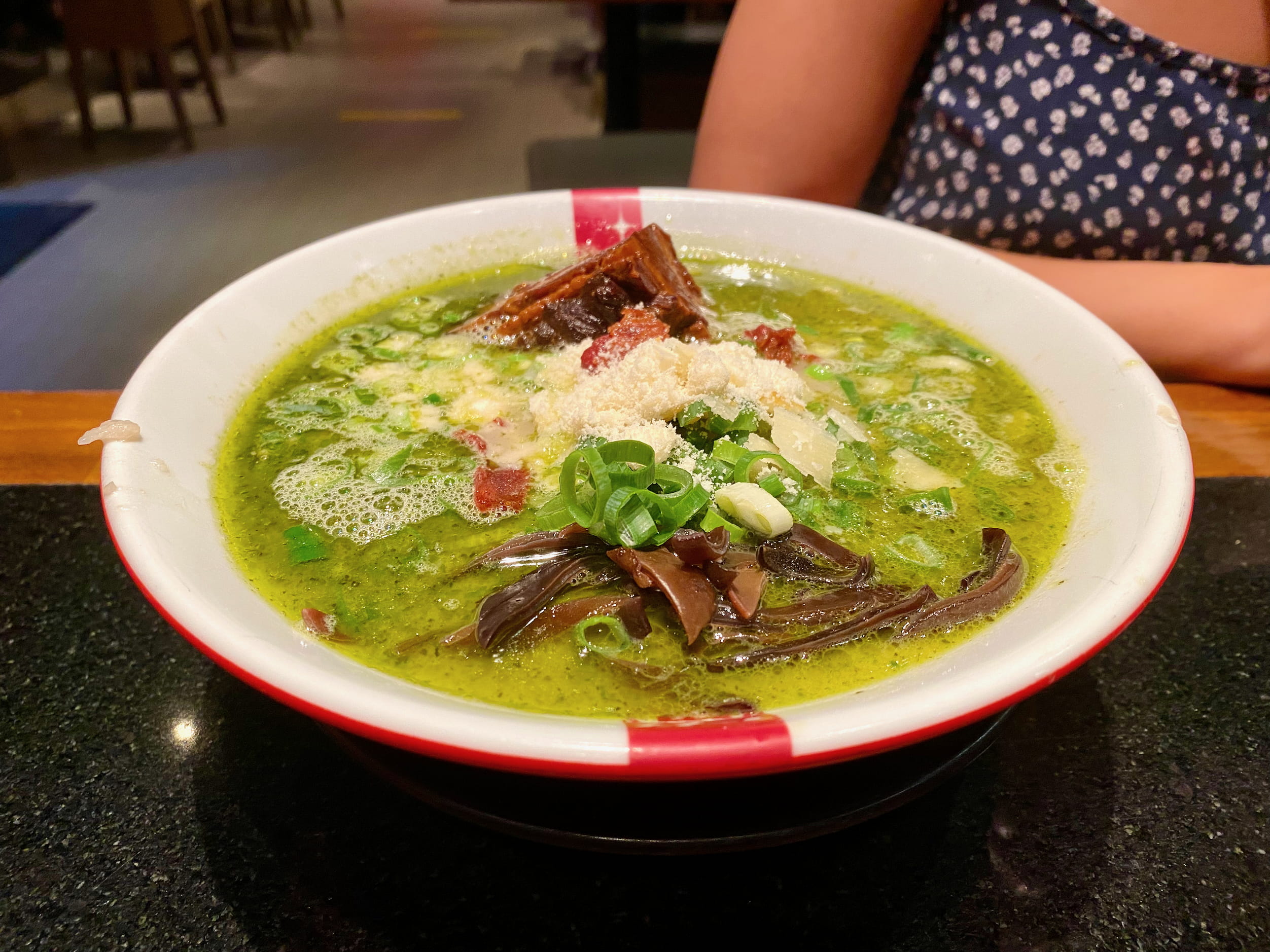
It’s worth mentioning Tiger Sugar, boba brand we first encountered in Korea and had been dying for ever since. They seemed to be all closed in Taipei, but we found several in Taichung. On a good day, they were the best desert in a cup you could ask for.


As an added benefit, they have this extremely doofy-looking stuffed tiger as a mascot.
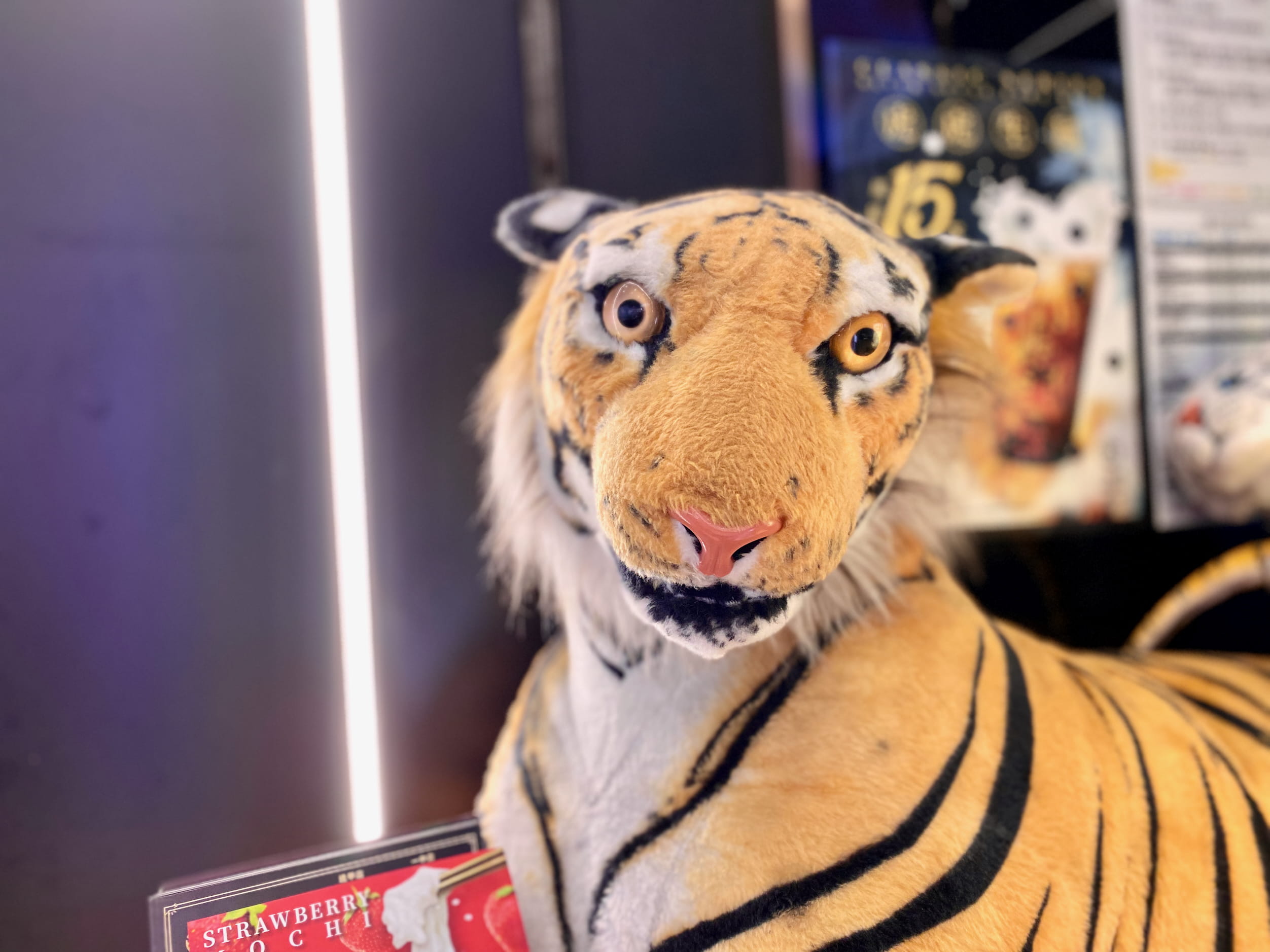
Day Trips
Trying my hand again at driving abroad, we rented a car for some day trips as well as the next leg (next post). Driving in Taiwan, even the cities, was quite smooth.
The best part was with Google Maps navigating in English, the robot voice would pronounce long Chinese names in the whitest possible voice, many times before each turn. (Not in this video. Hopefully I have one where it’s doing it.)
Fire Mountain (火炎山)
I am reasonably confident this isn’t just “volcano,” which I think is 火山 (literally, “fire” + “mountain”).
It was interesting just to drive out of the city. The countryside had these elevated freeways shooting off across gravely empty riverbeds, along farmland, and into the smoggy distance.
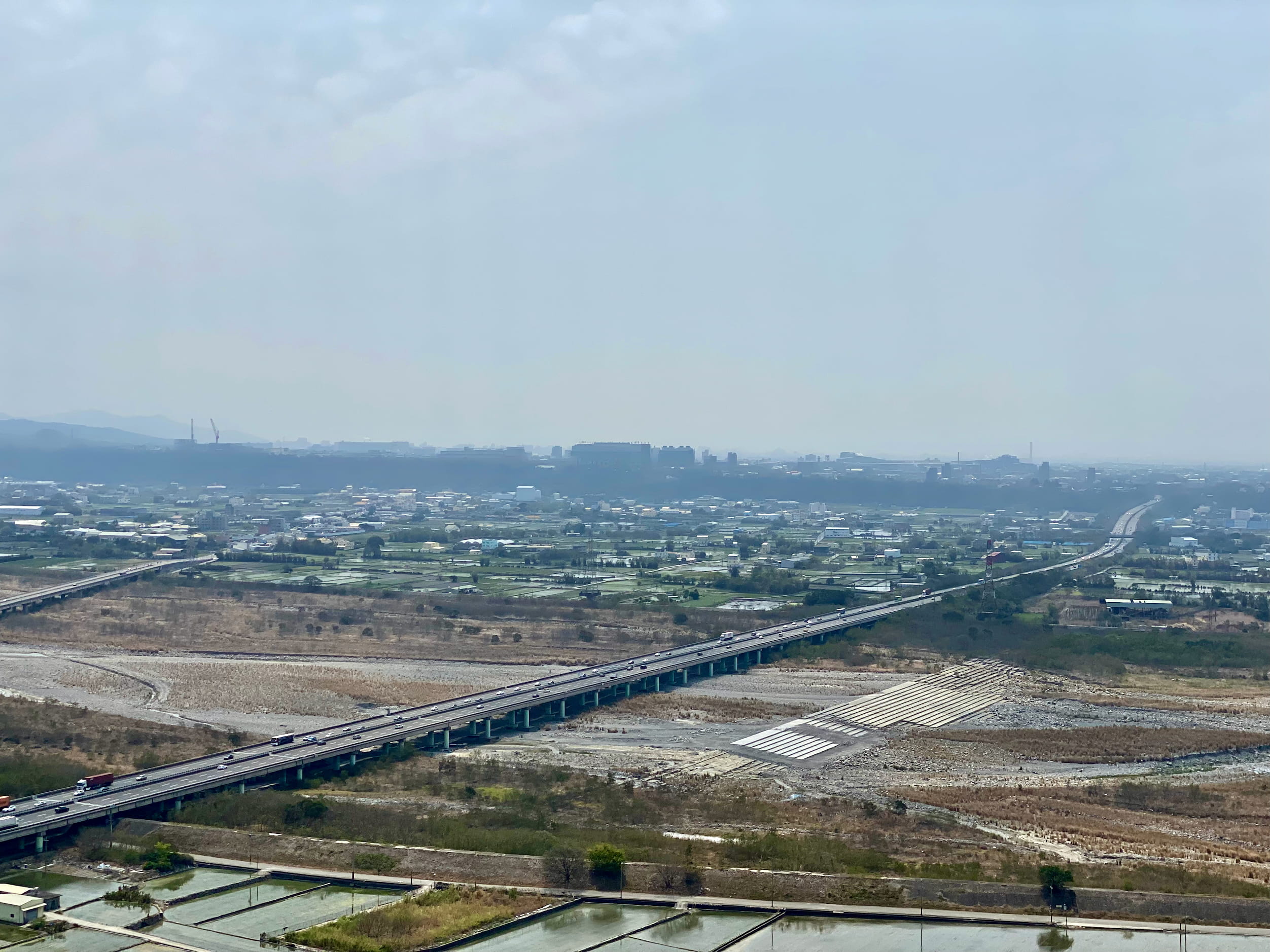
What I noticed in the hike itself was the vegetation. It was dry but lush, a few shades of green and yellow covering red earth with hard leaves and scraggly branches.
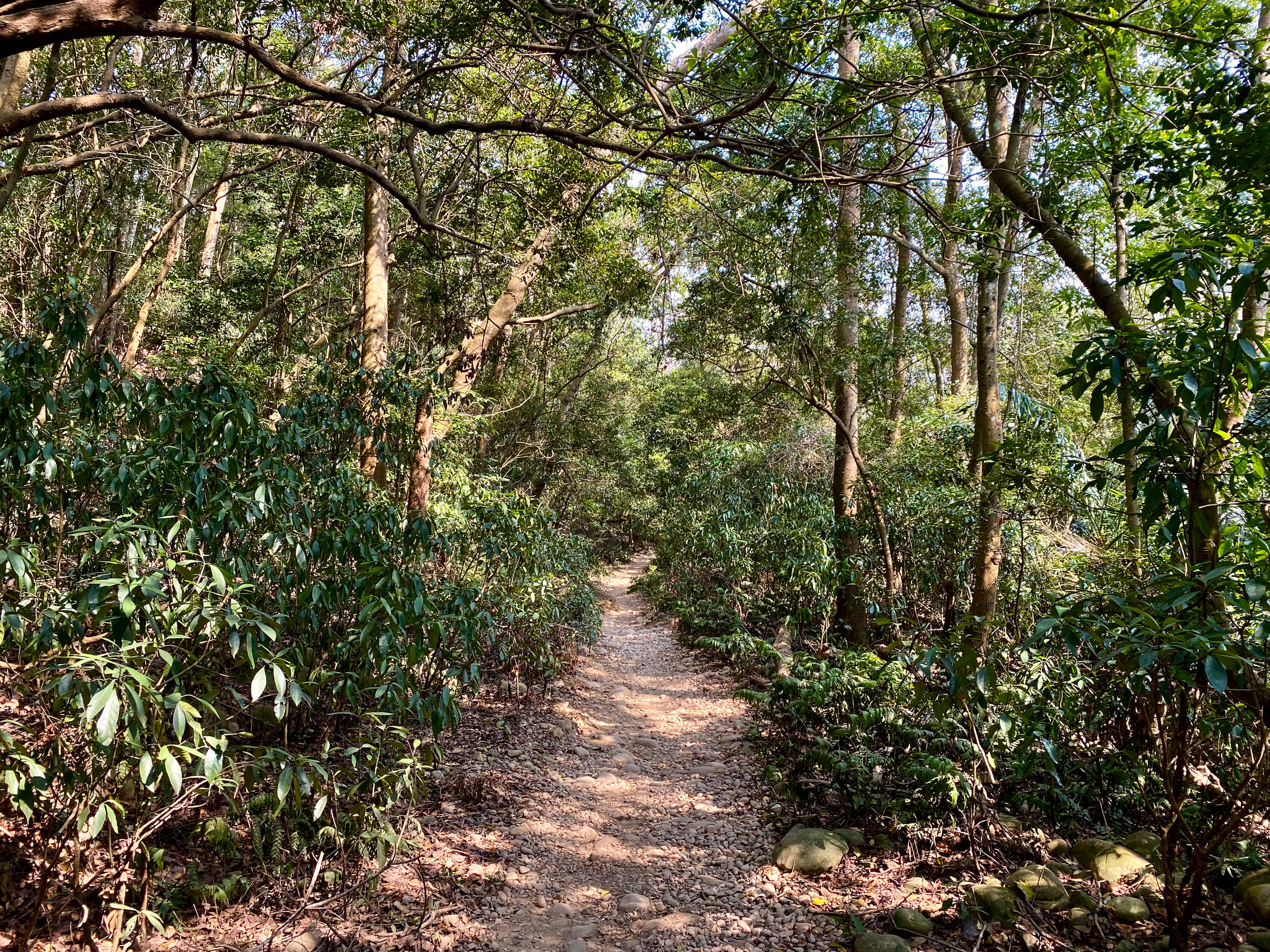
Hikes are always tough to photograph. I tried a bunch. Here’s one representative shot.

Honestly, good repurposing of materials. I wonder who thought of doing this.

The best view turned out to be just partway through the ascent. This is apparently called Taiwan’s Grand Canyon. I will let you visit both and decide for yourself.
At the top picnic area, we found a guy who had apparently carried a huge water jug up, and enthusiastically encouraged us to have some. He seemed to be part of a group who were all keeping a polite distance.02 He told me he liked my beard so I immediately liked him.
Just past that, there was a huge line of people. I asked someone why and she told me they were waiting to take photos. There didn’t appear to be much of a view though. I walked up past the front and saw it was to take photos with a sign declaring that they’d made it to the top.03
Countryside and Mushroom Farm
We hit up a leisure farm. Nothing was really in bloom, but it was good to get some fresh air and take another trip out of the city. On the way back, we passed through a village that seemed to specialize in mushroom based products and tourism. So that’s neat.
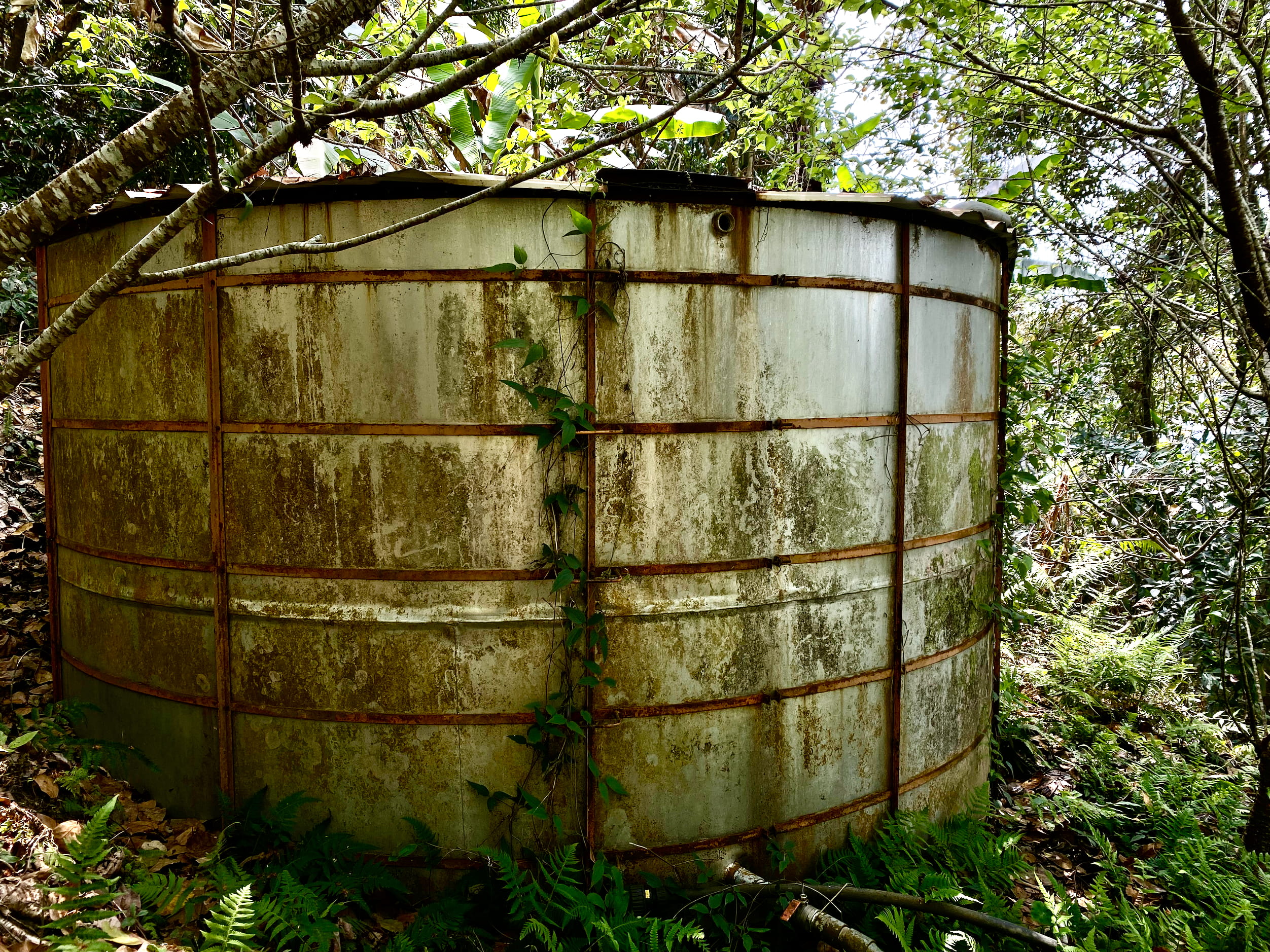
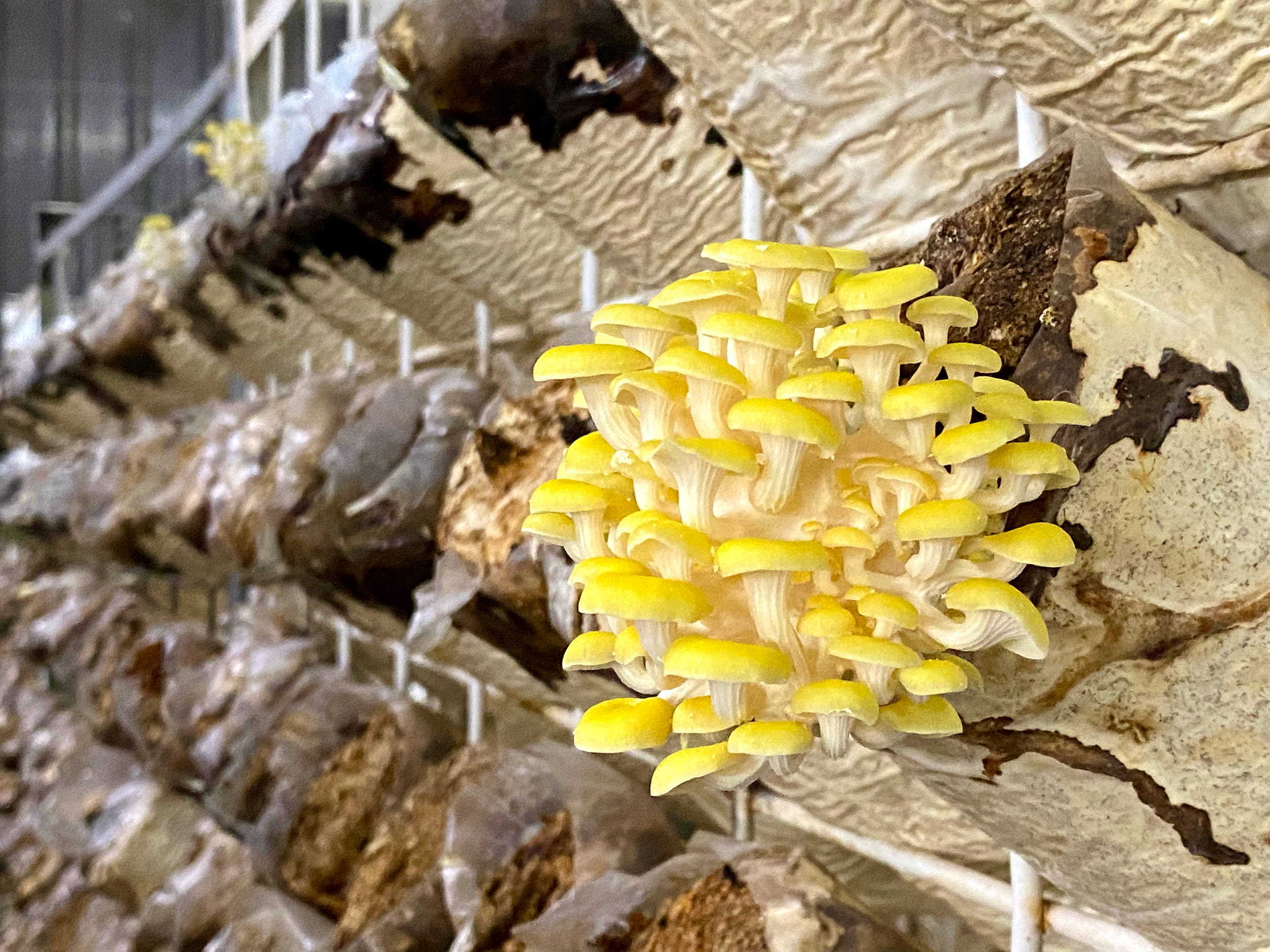
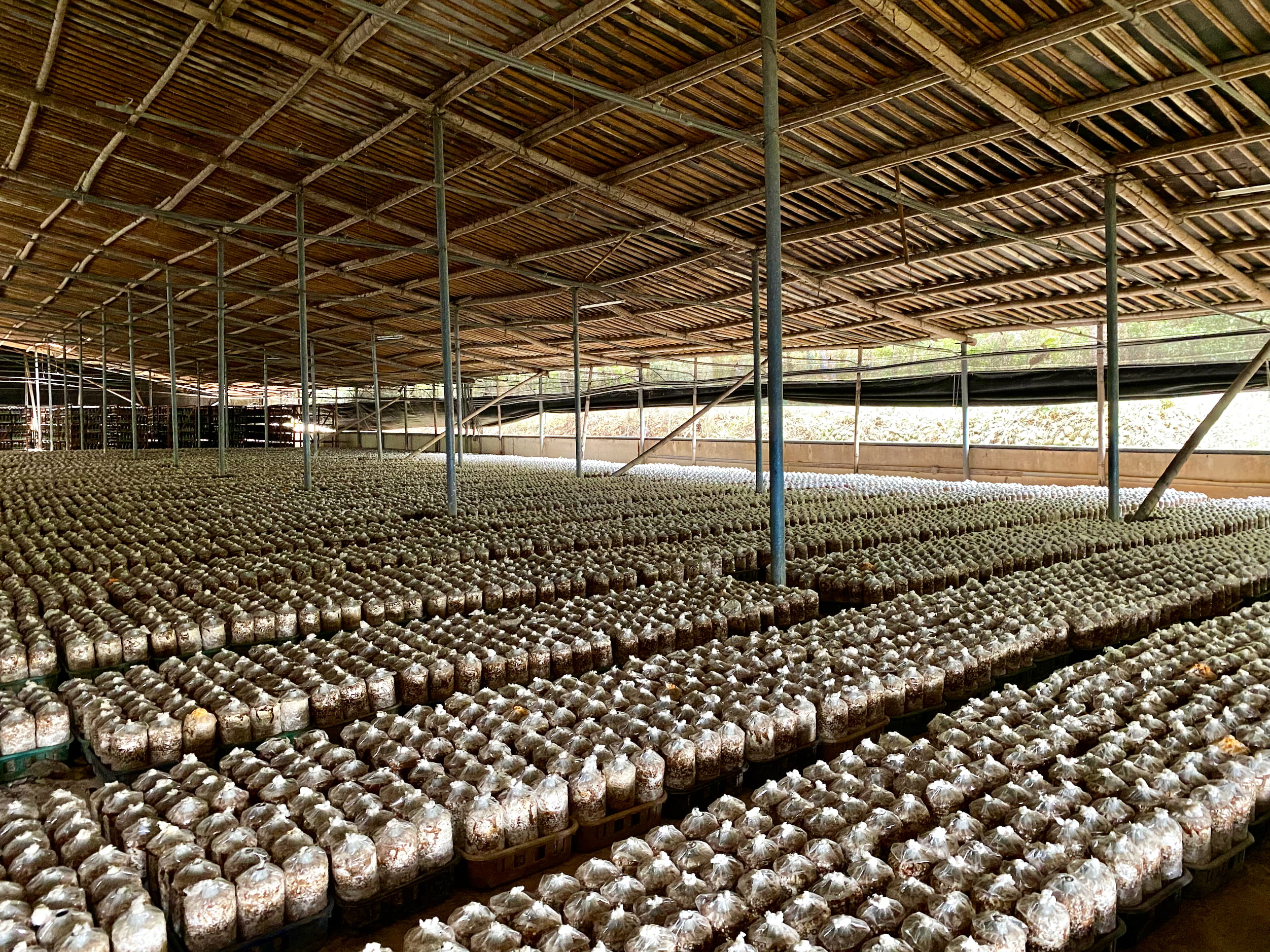
Next: Up To Alishan
We left Taichung by car and drove into the mountains, headed to Taiwan’s most famous nature area: Alishan.
Footnotes

